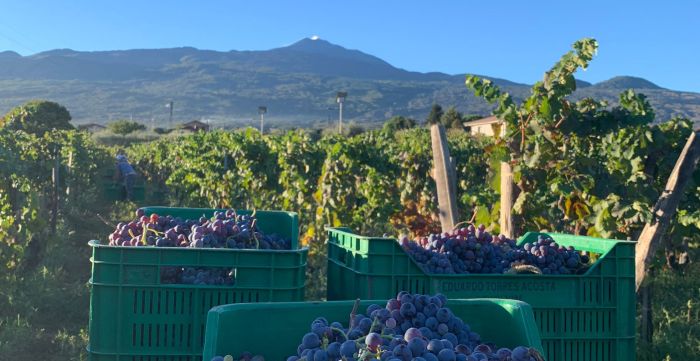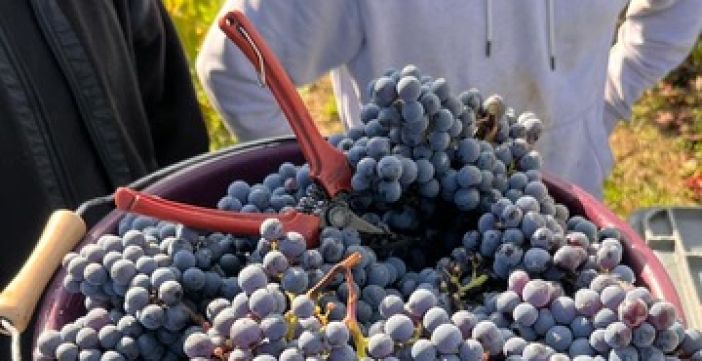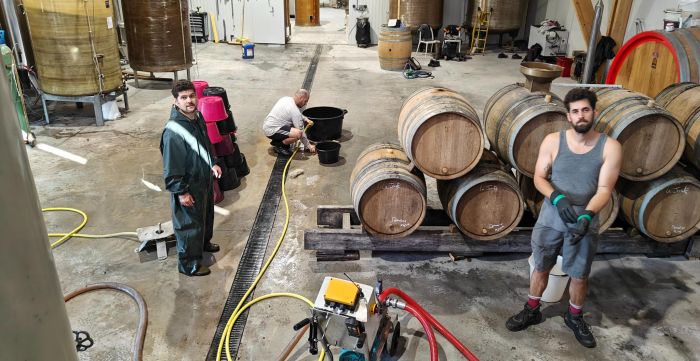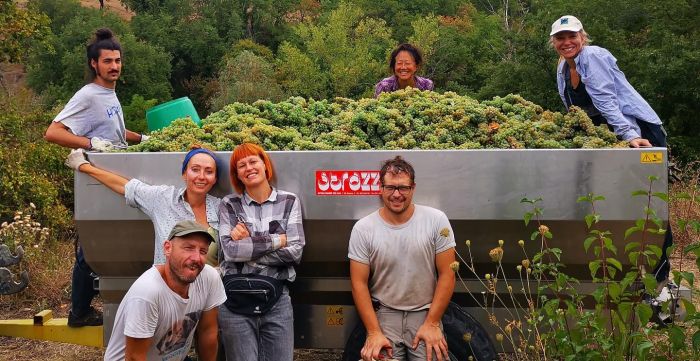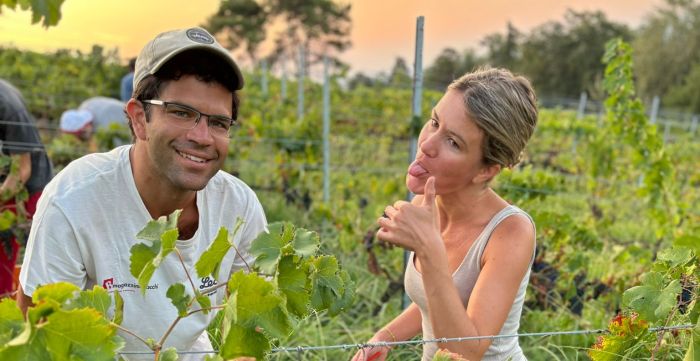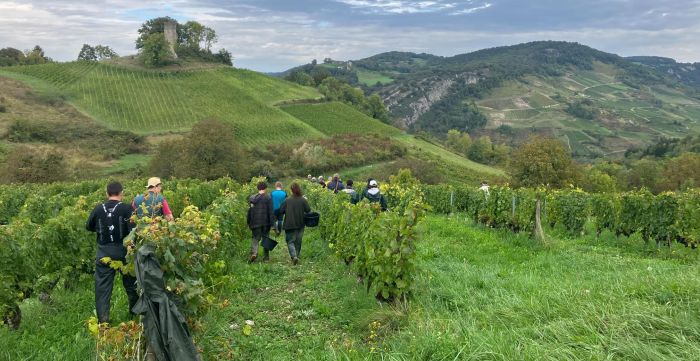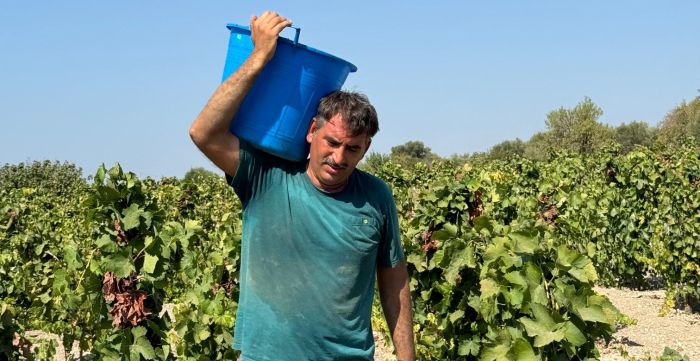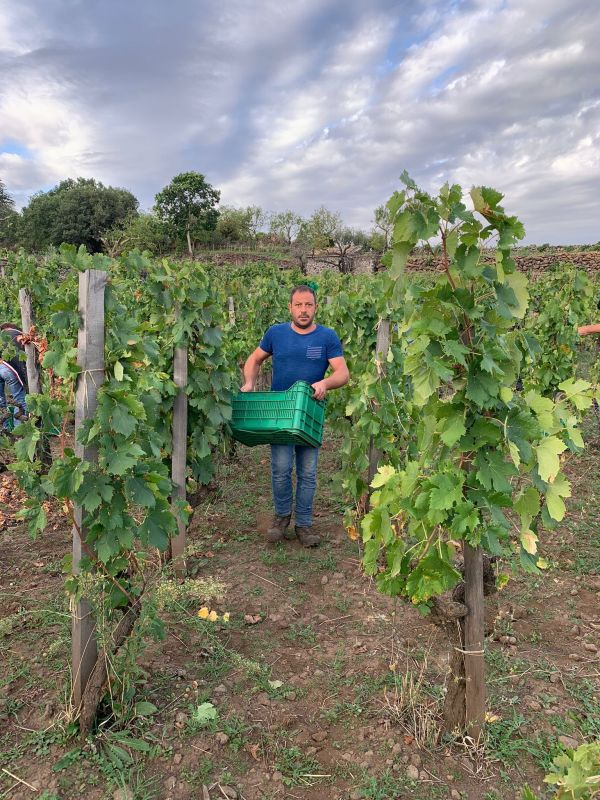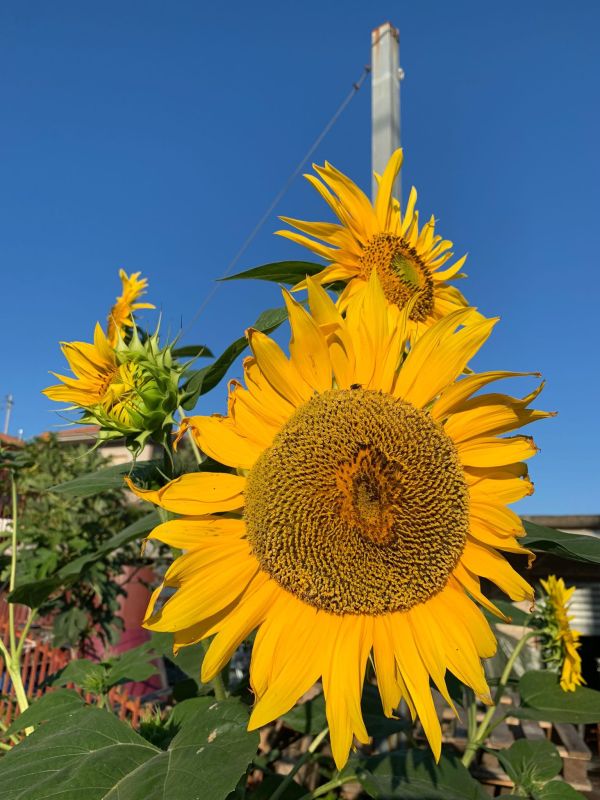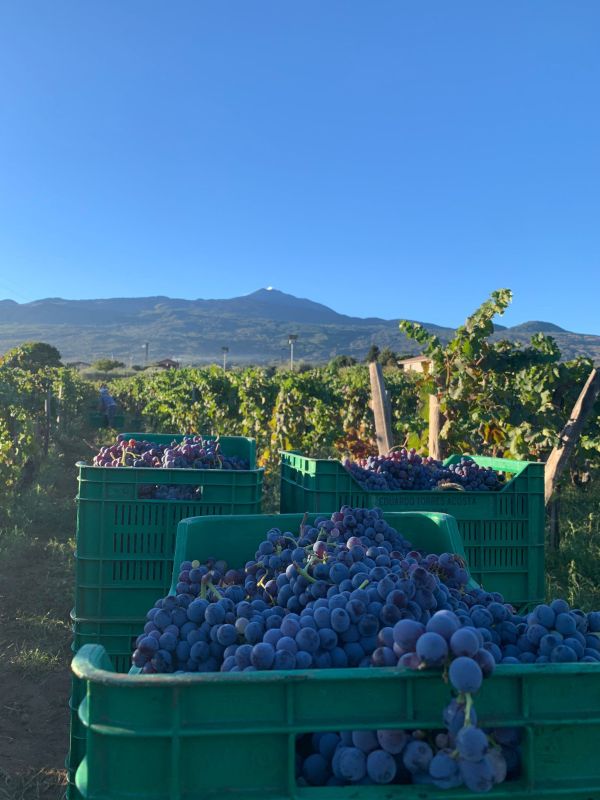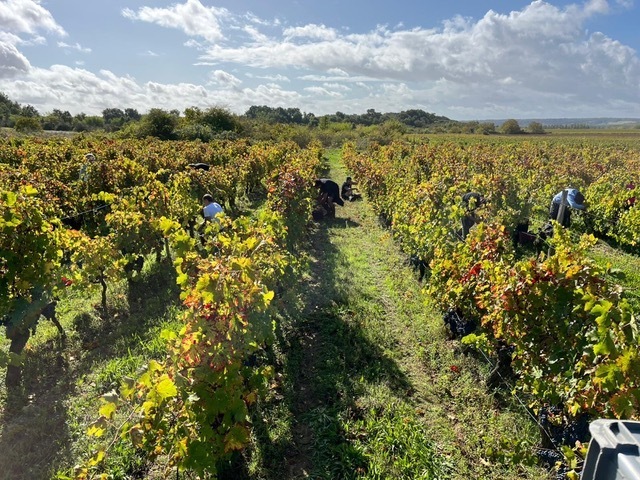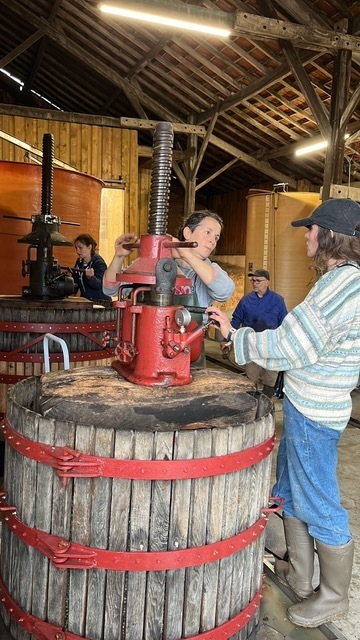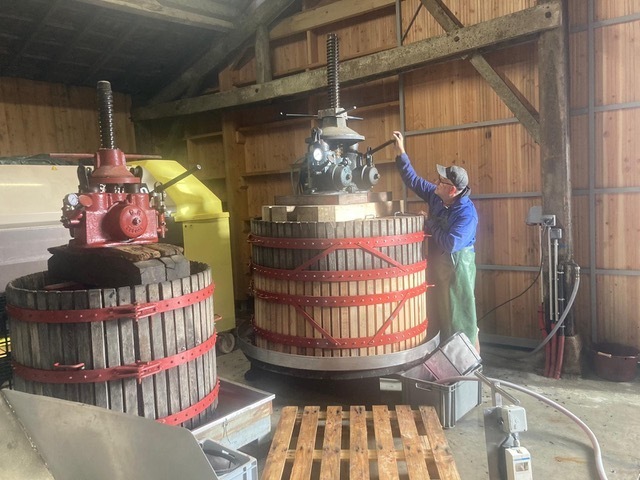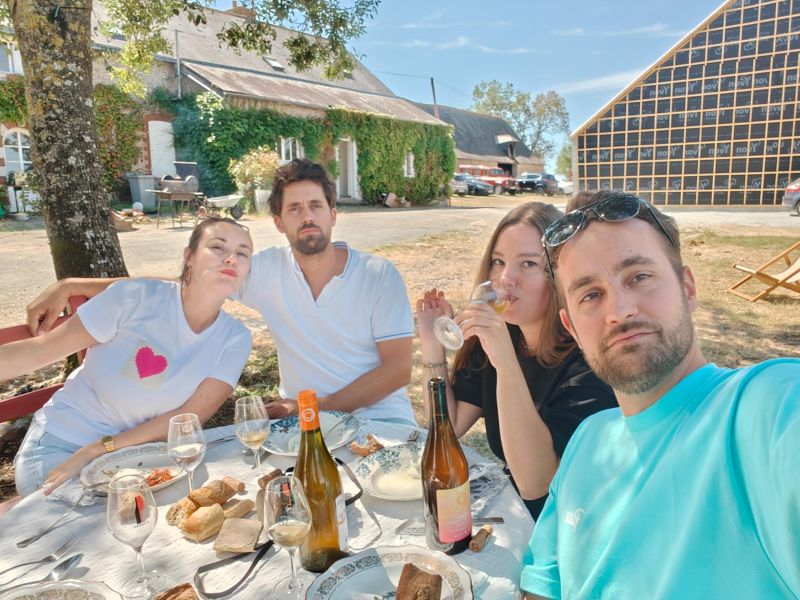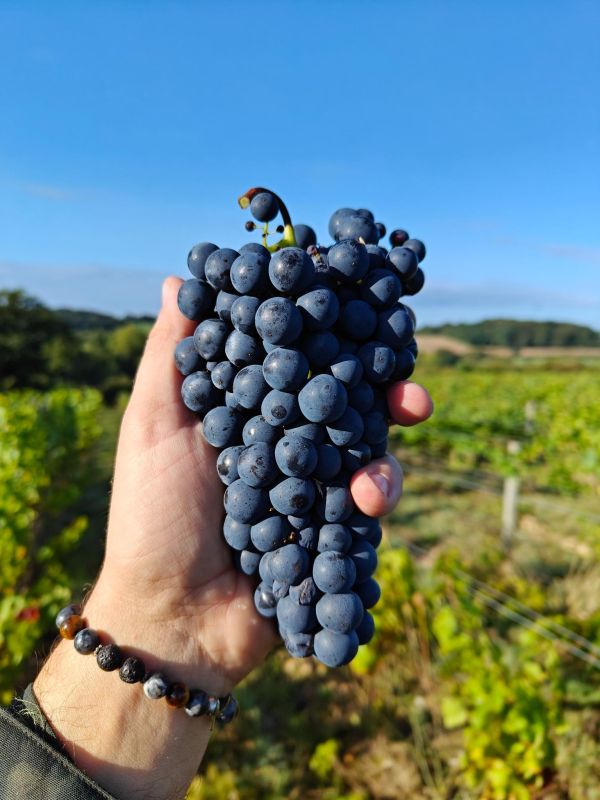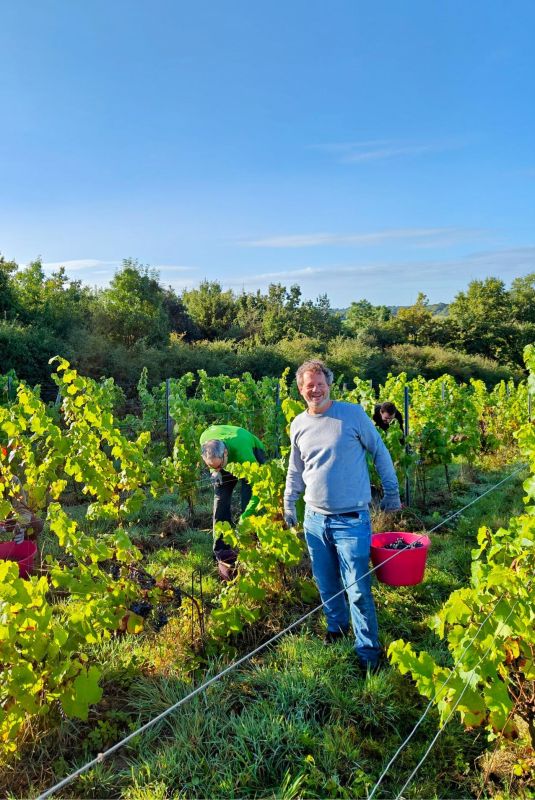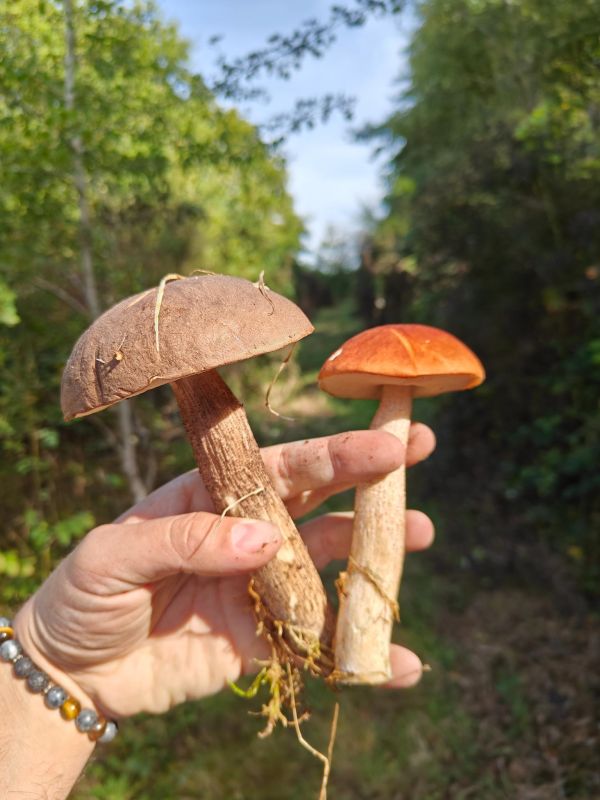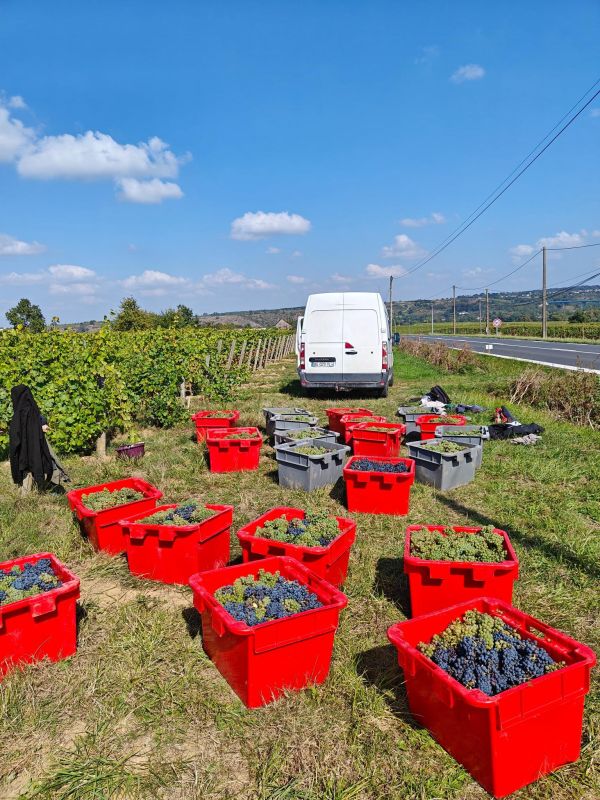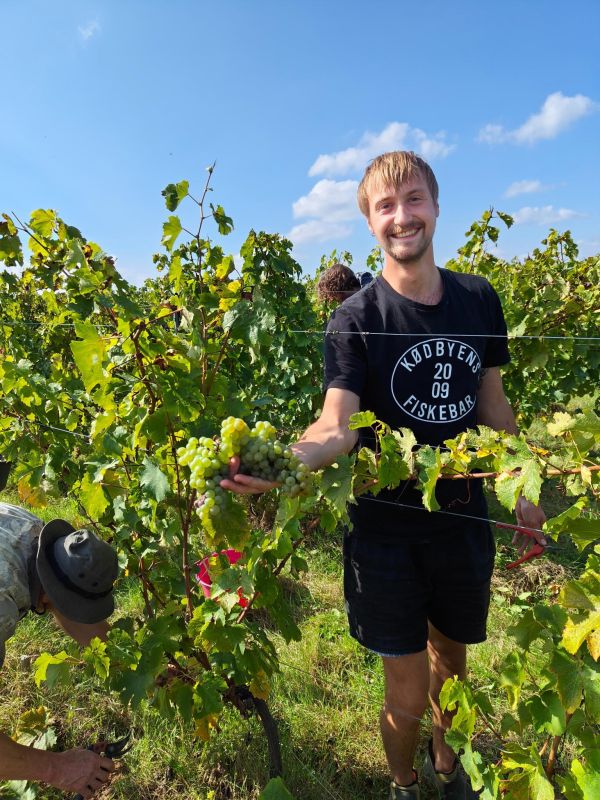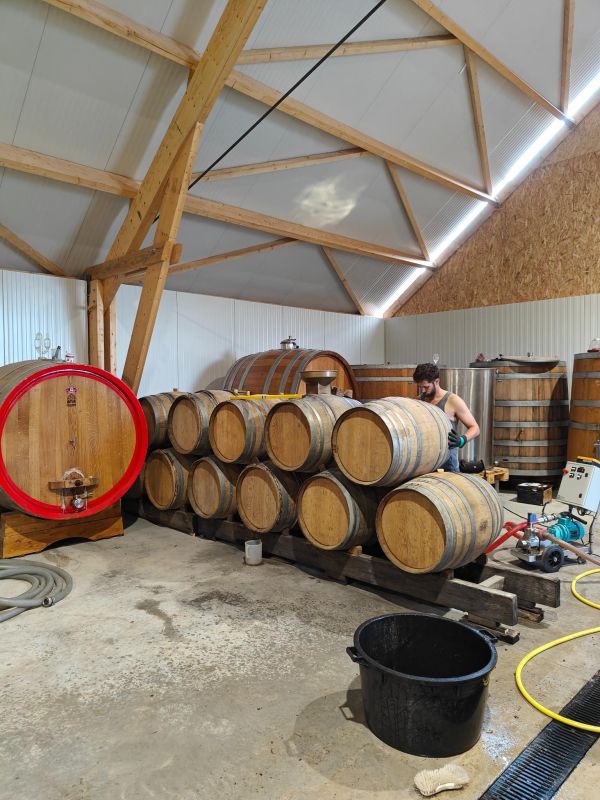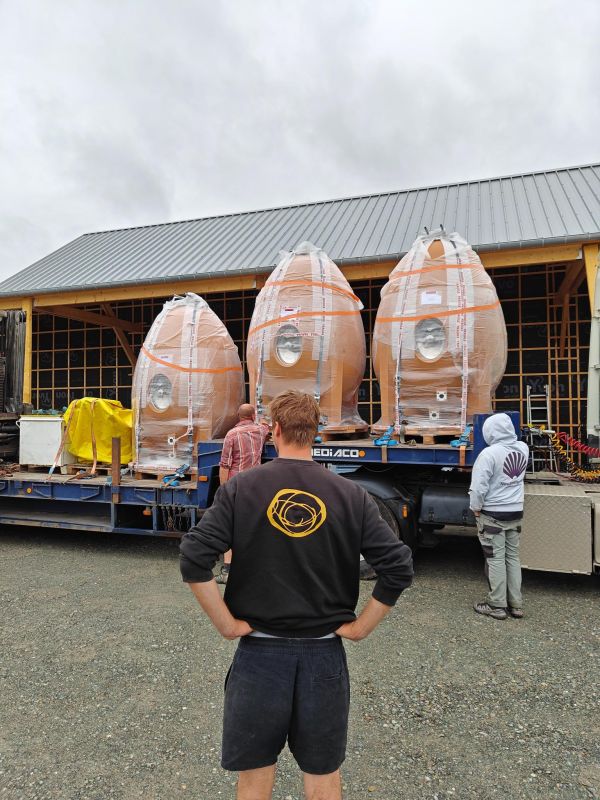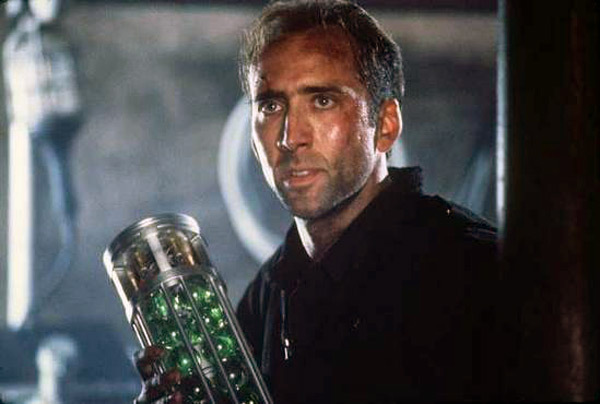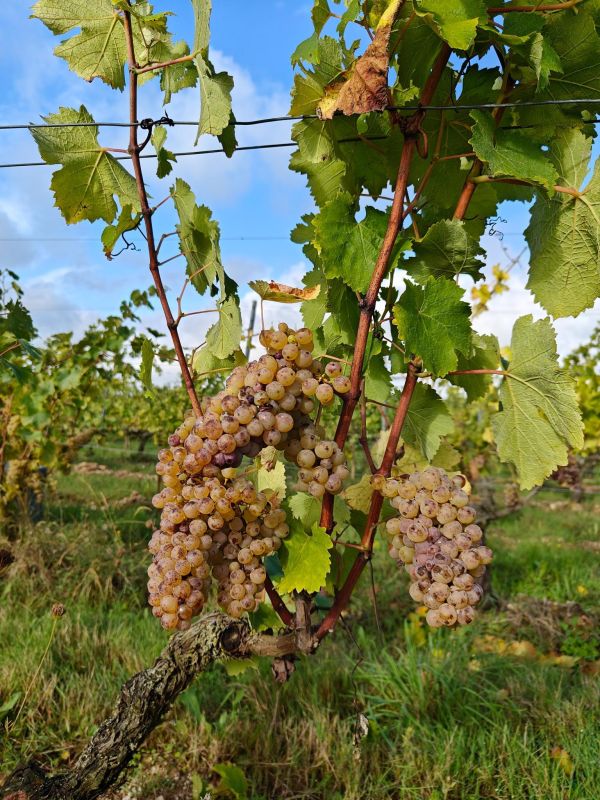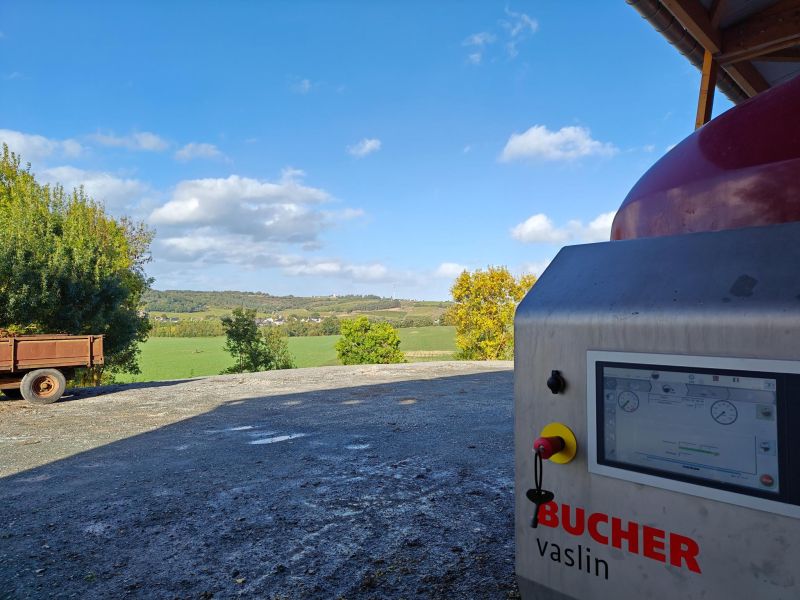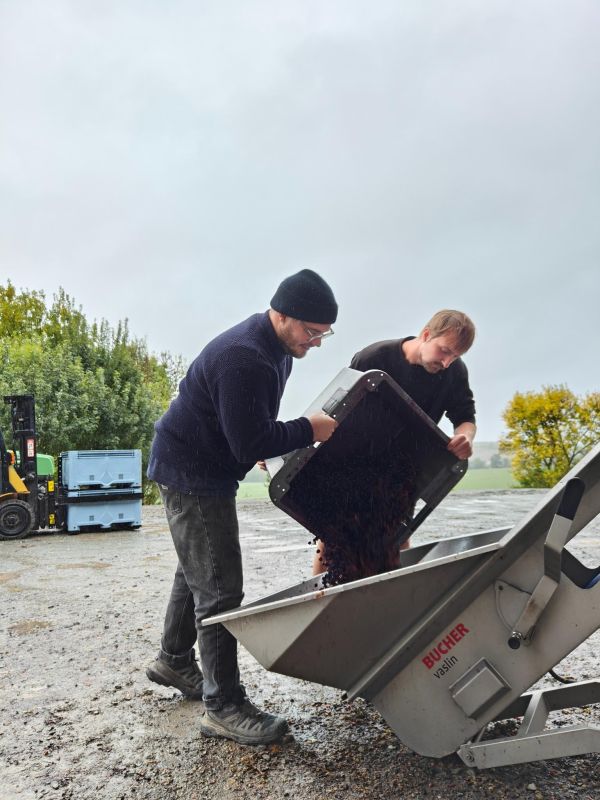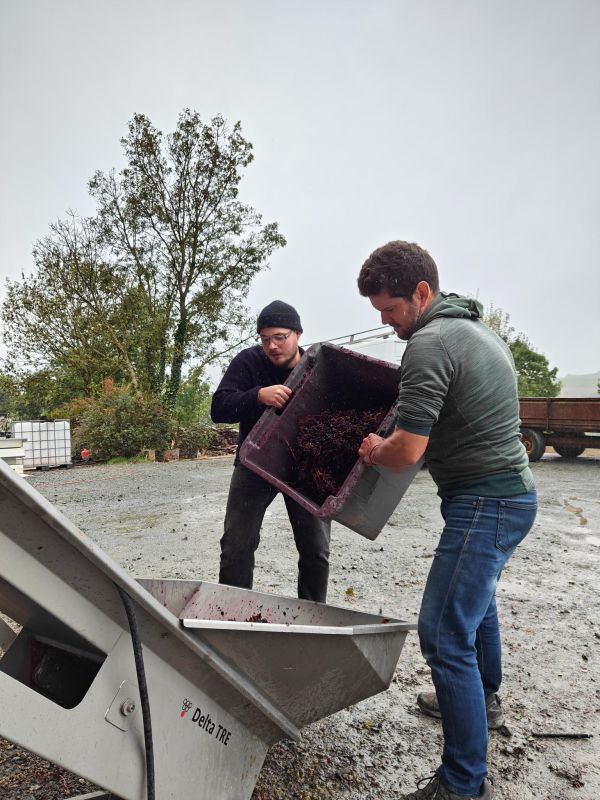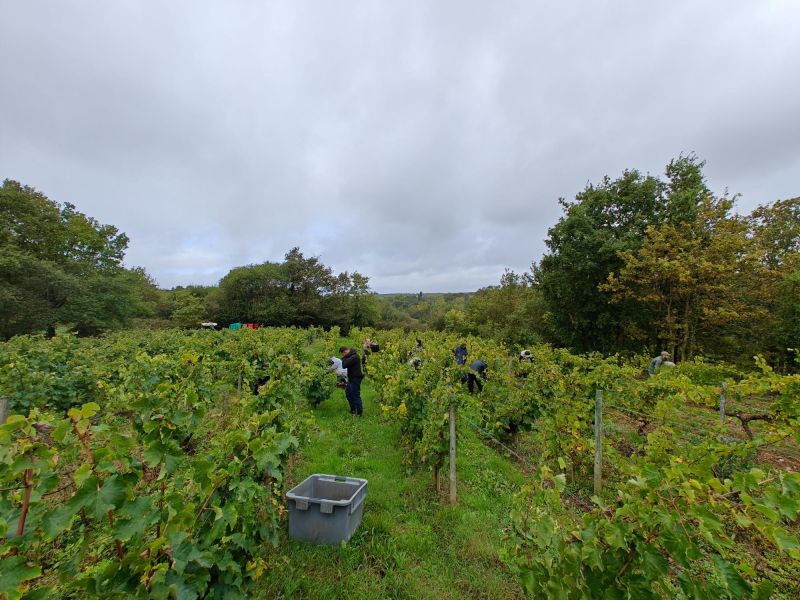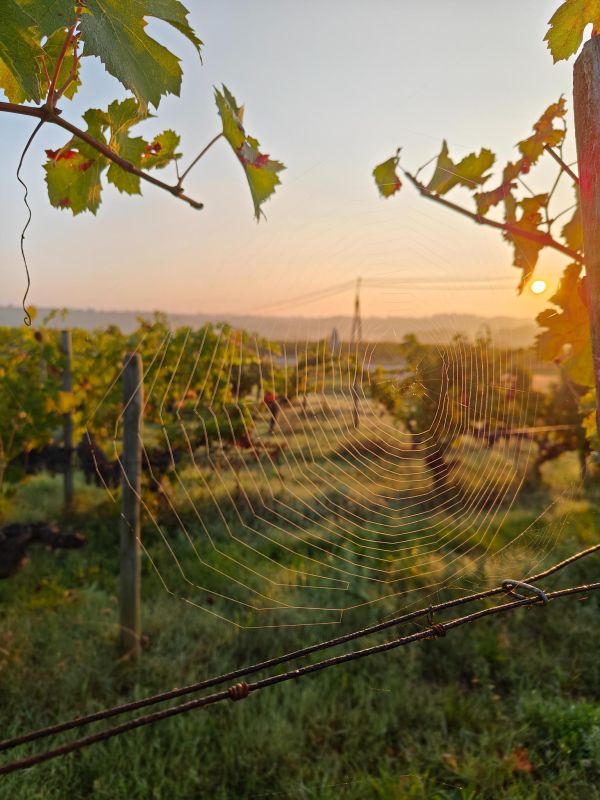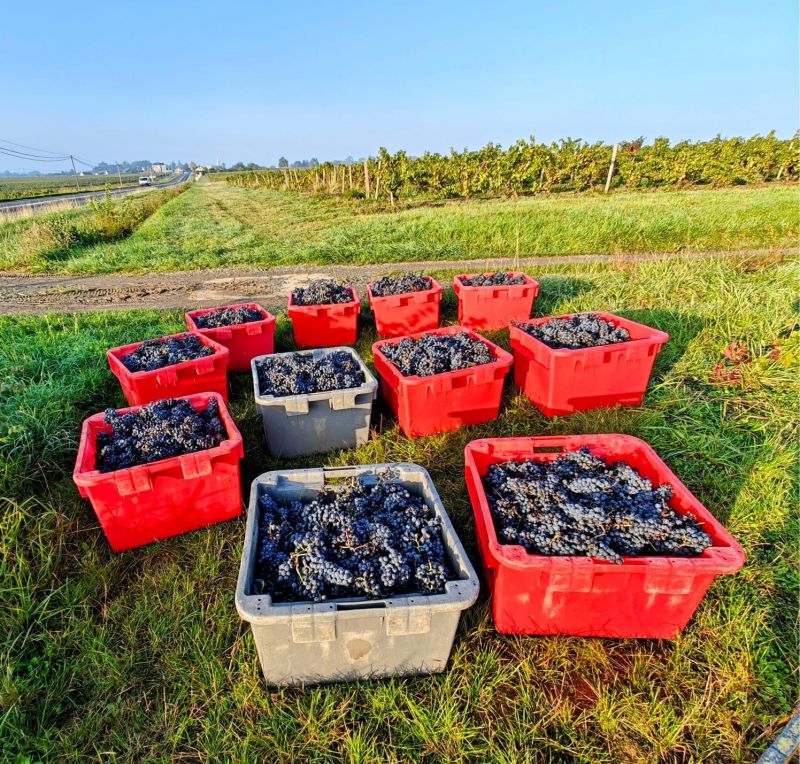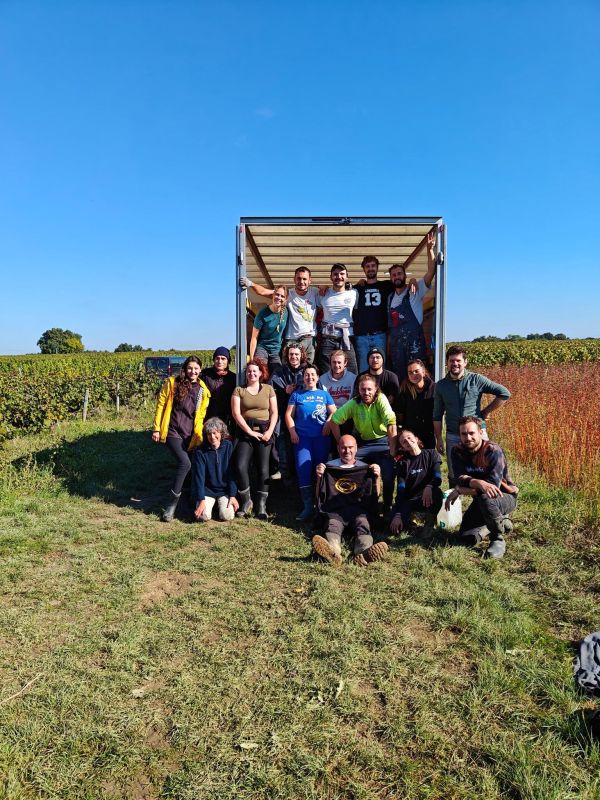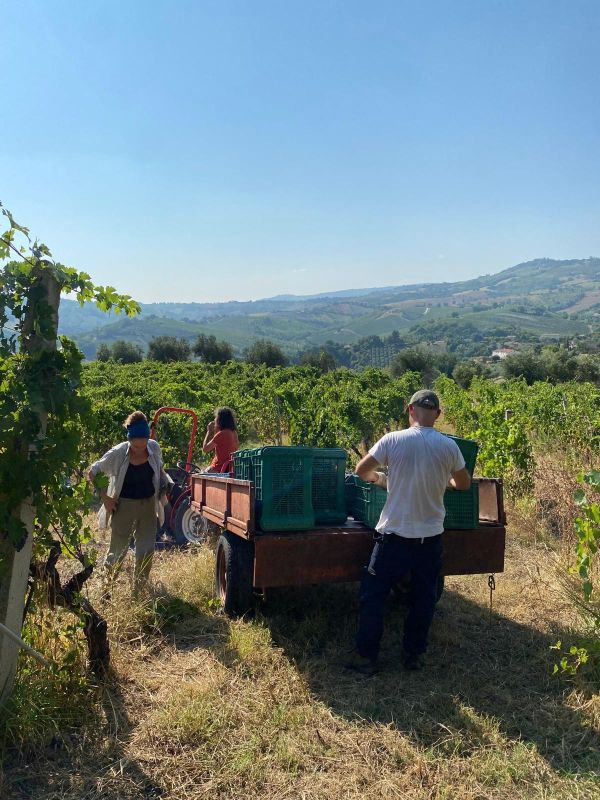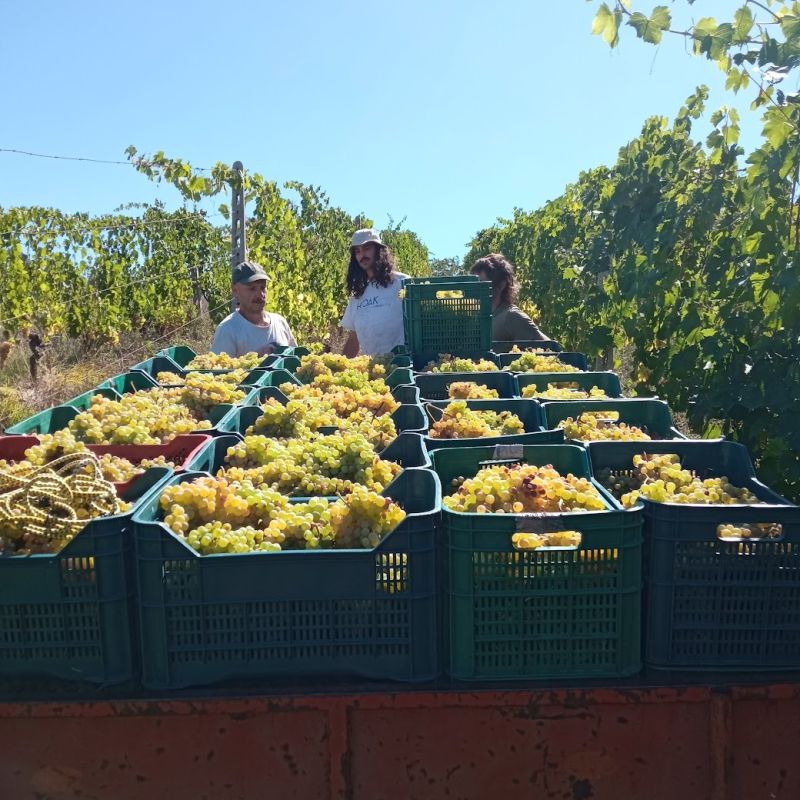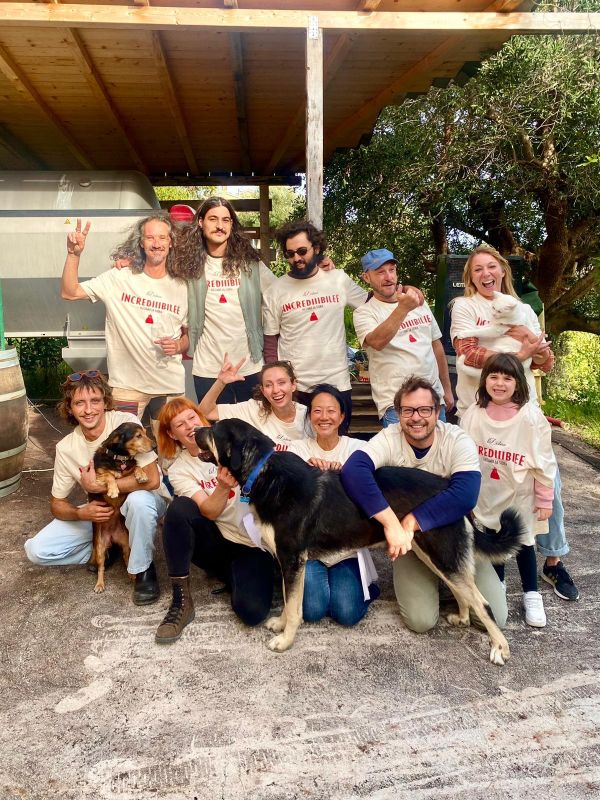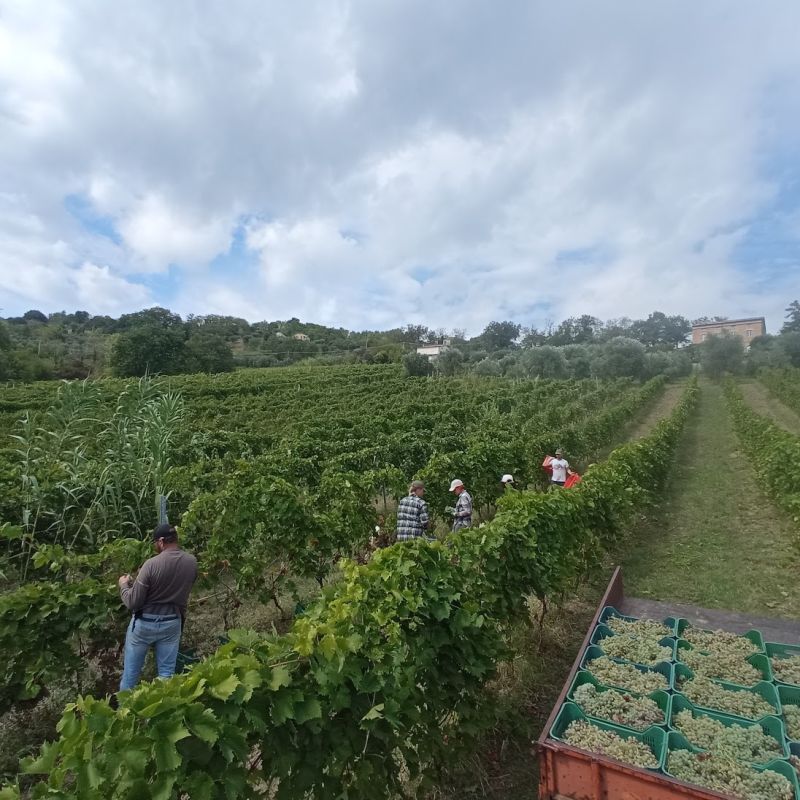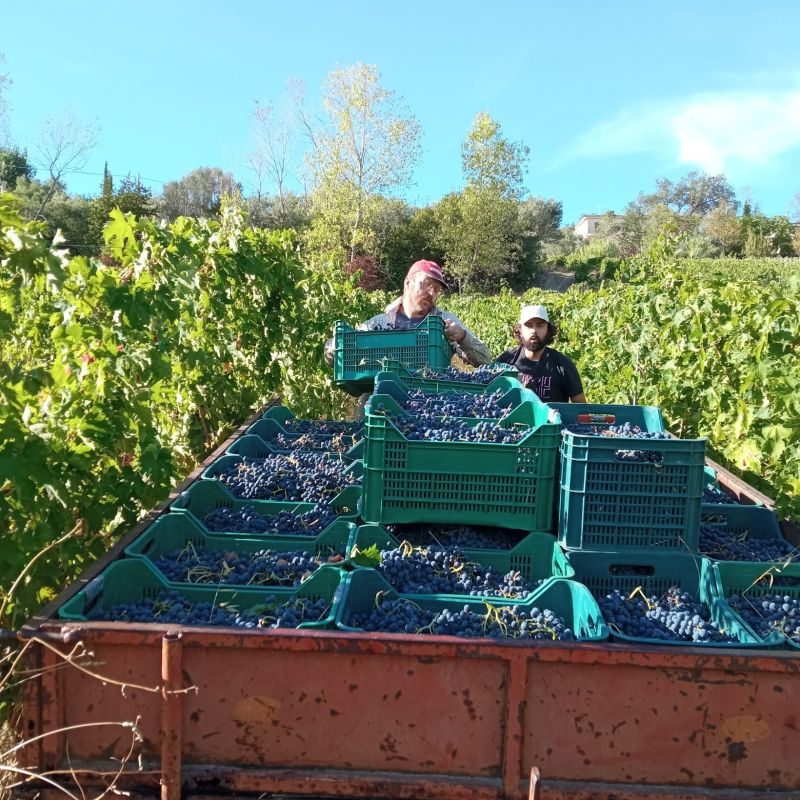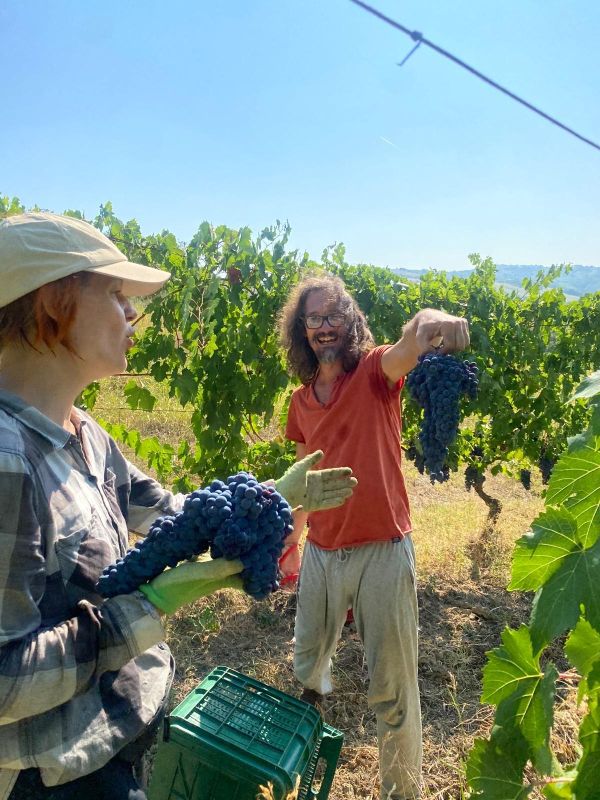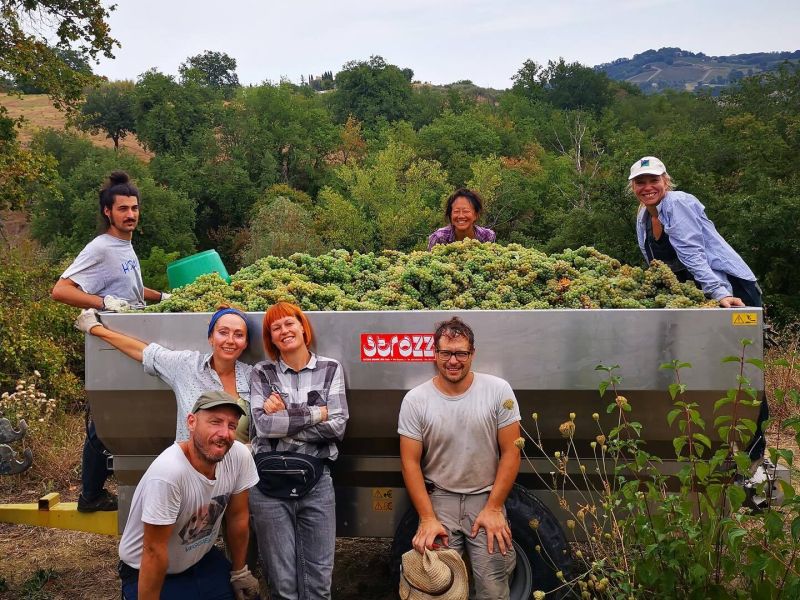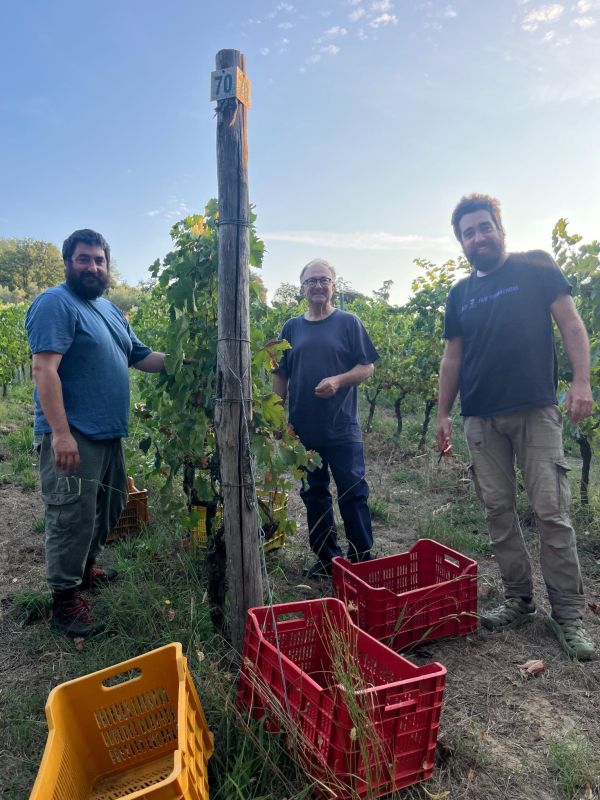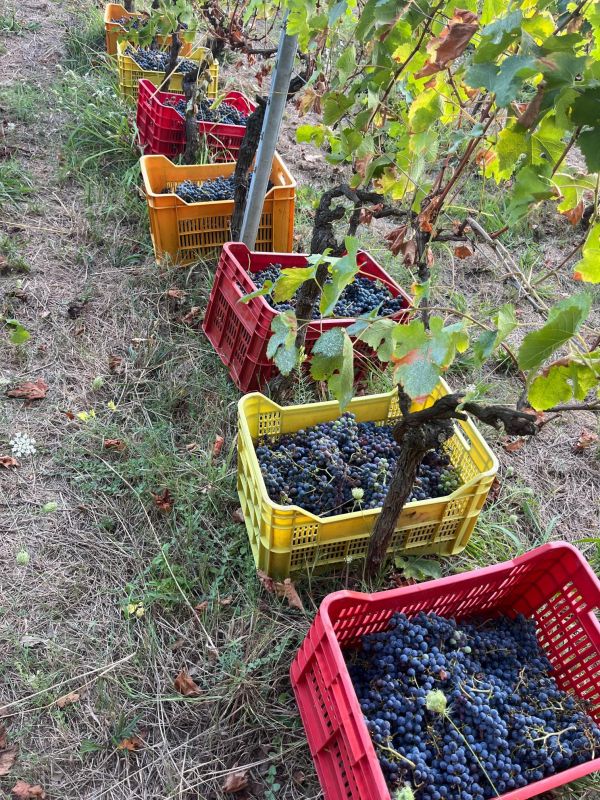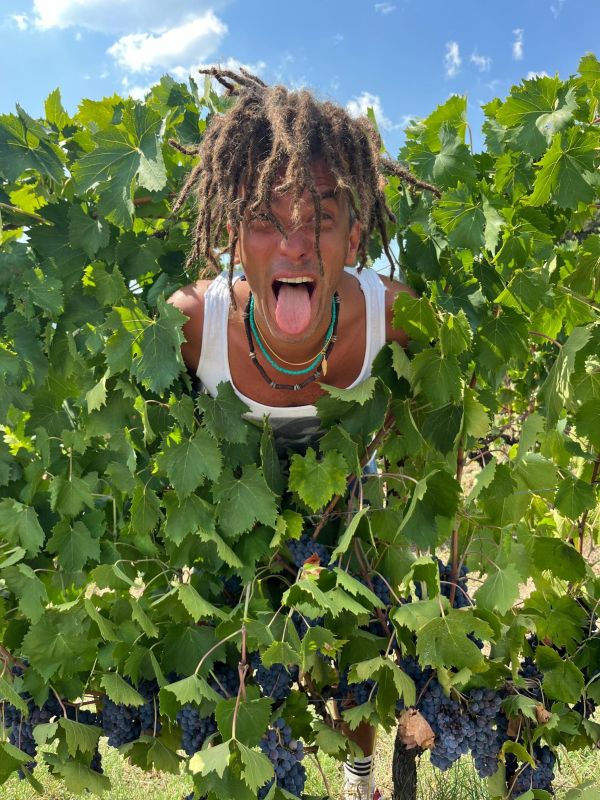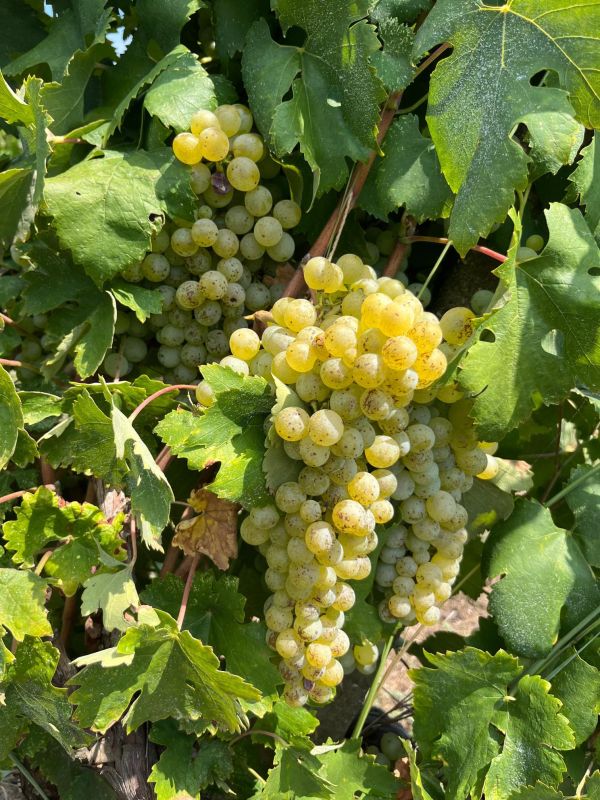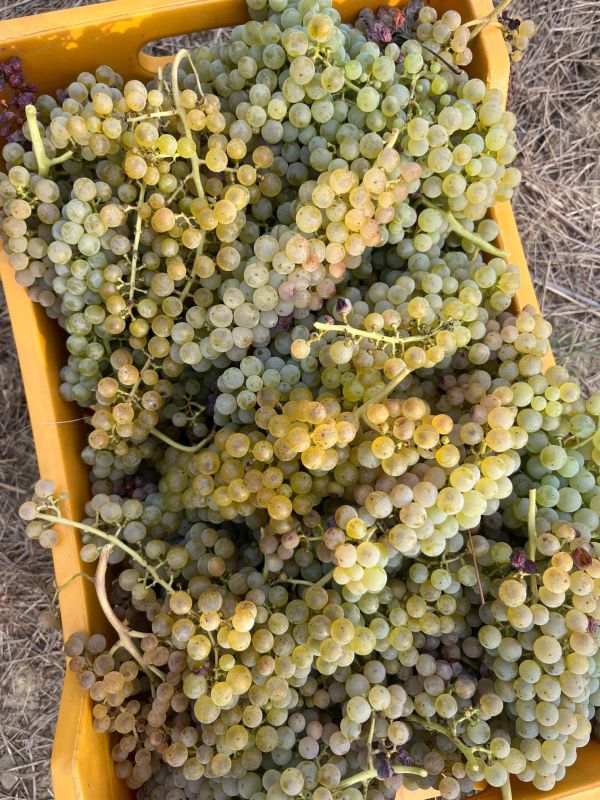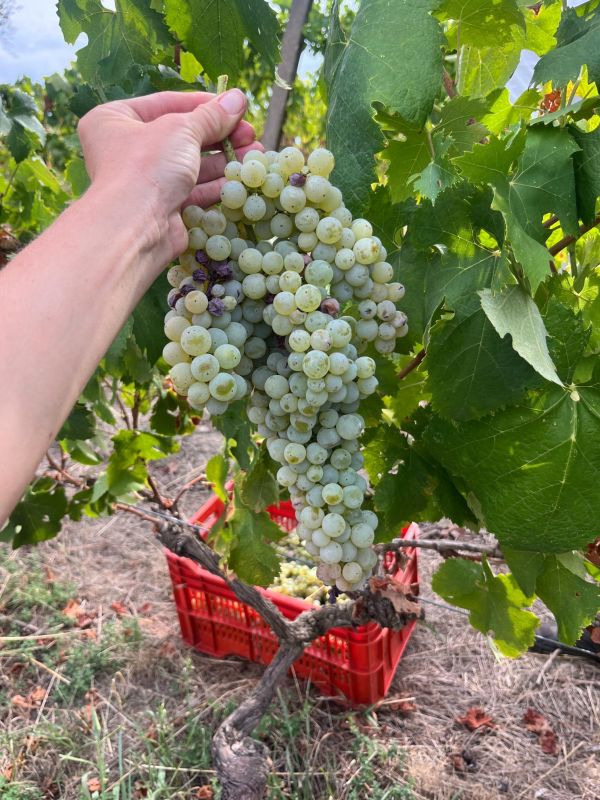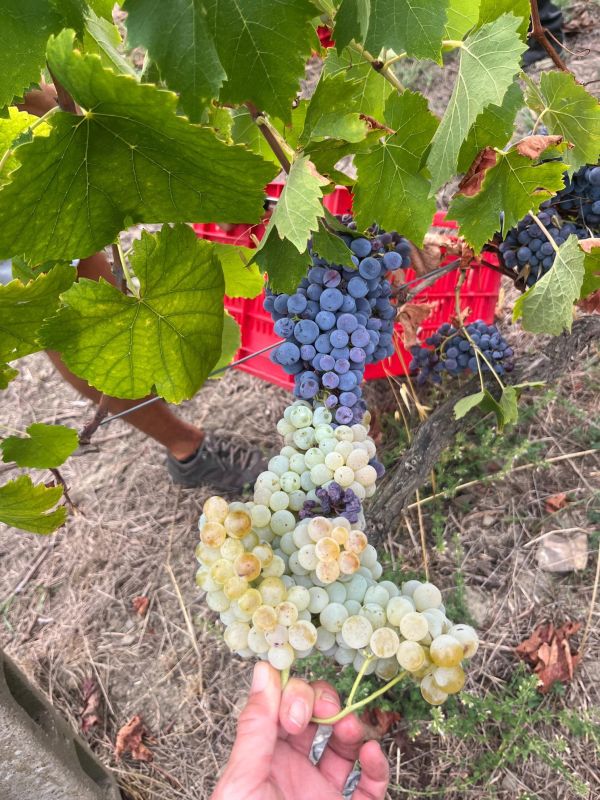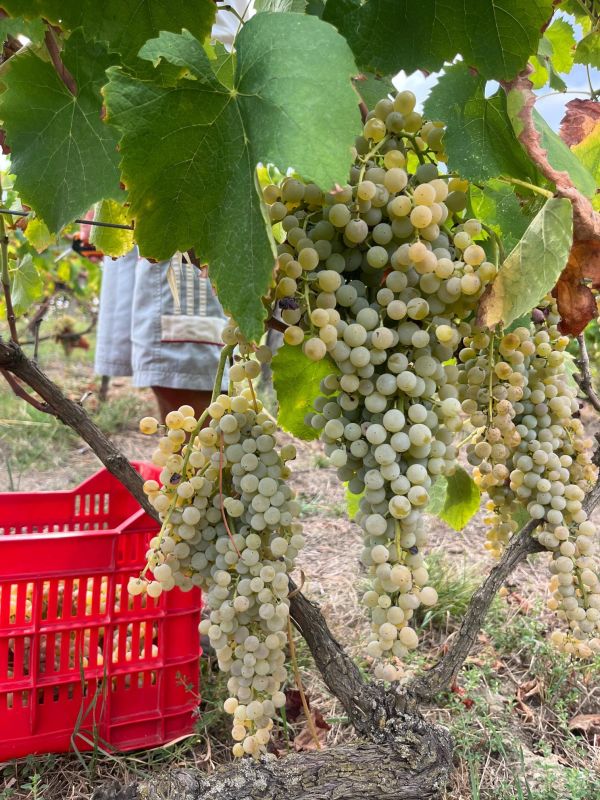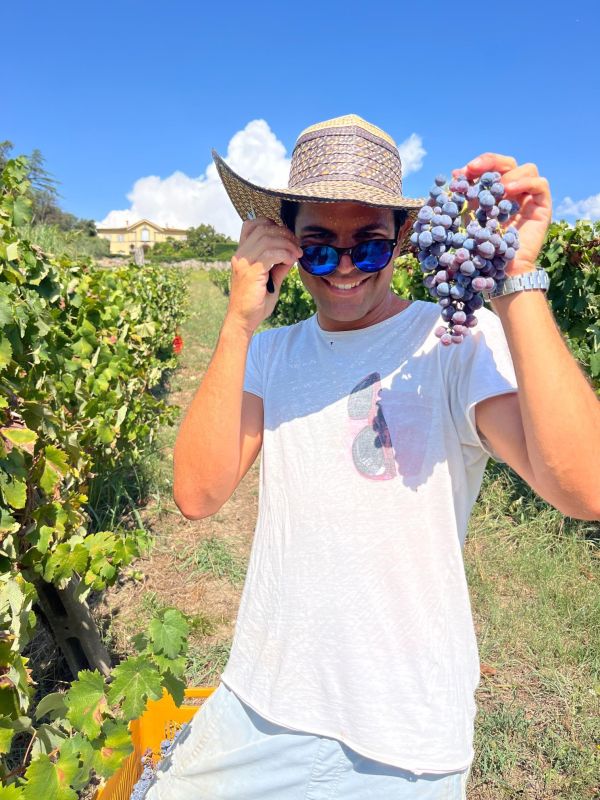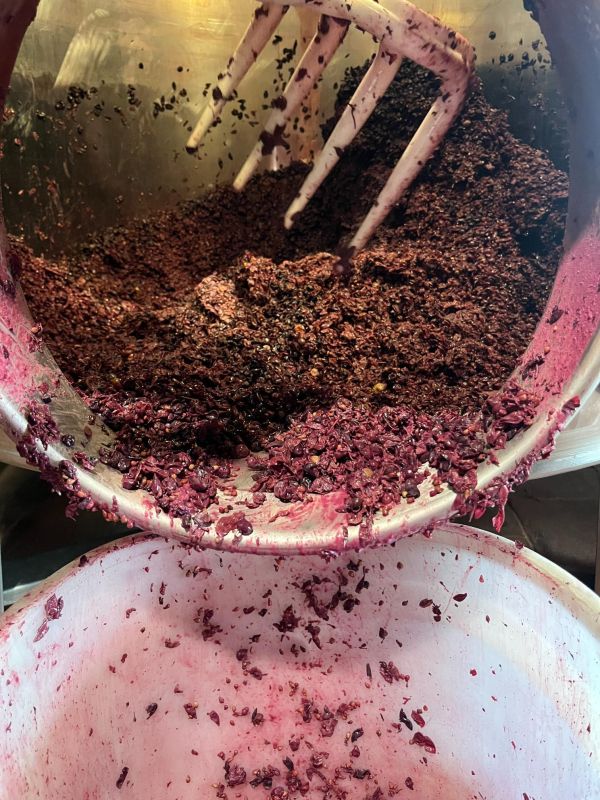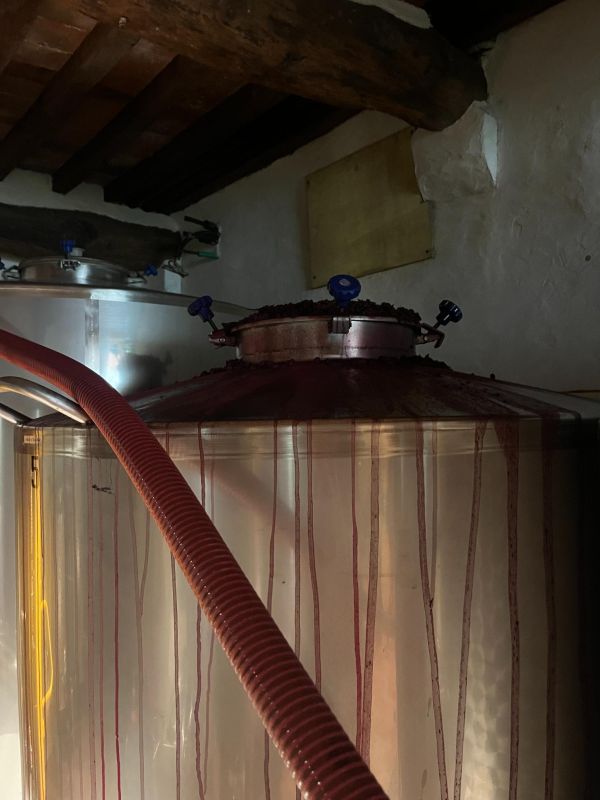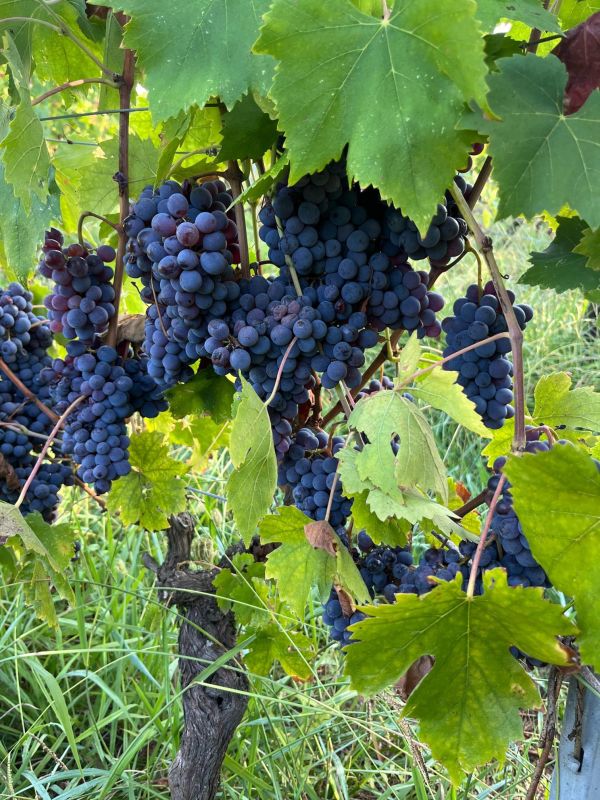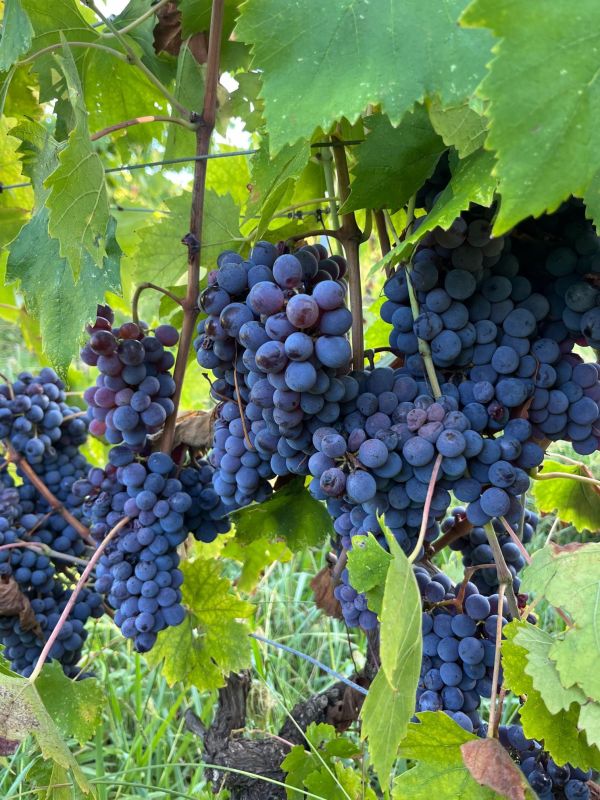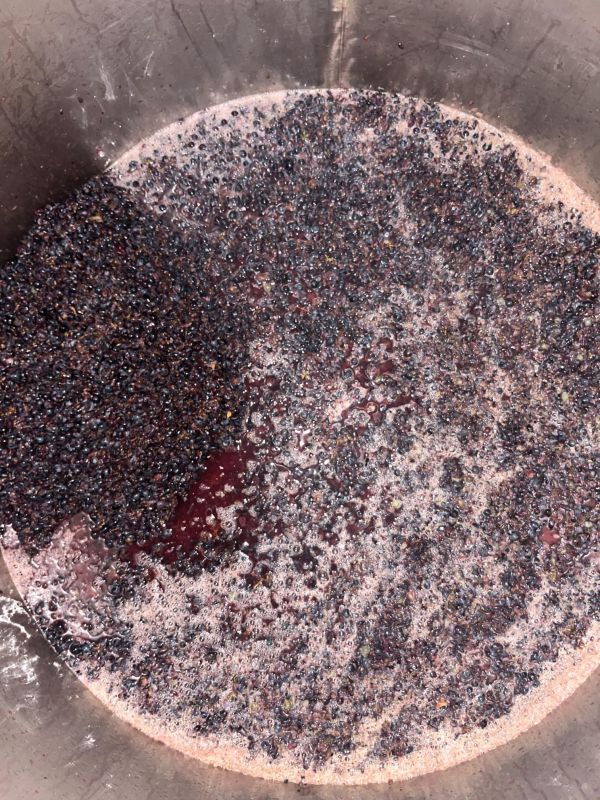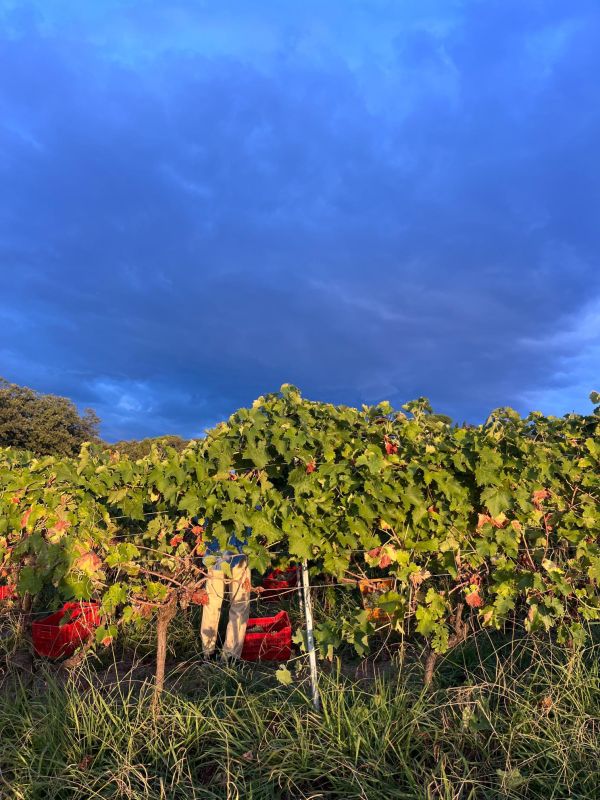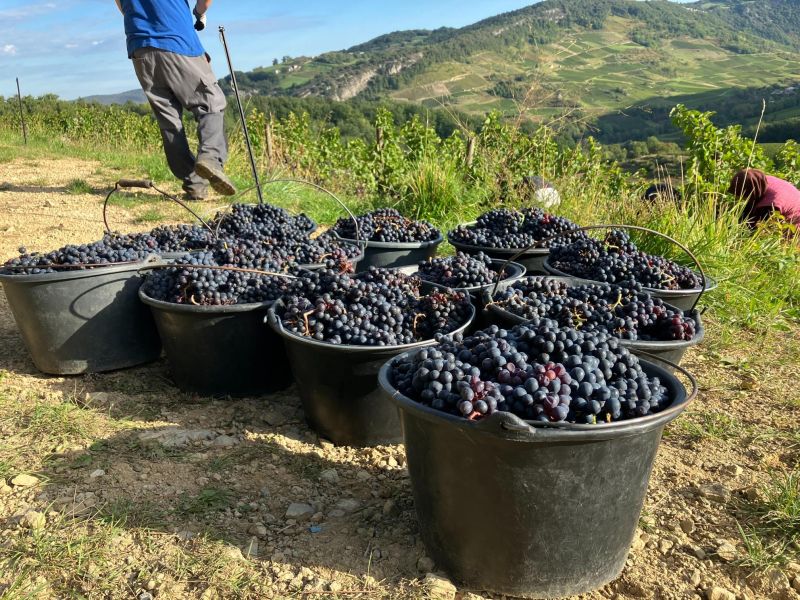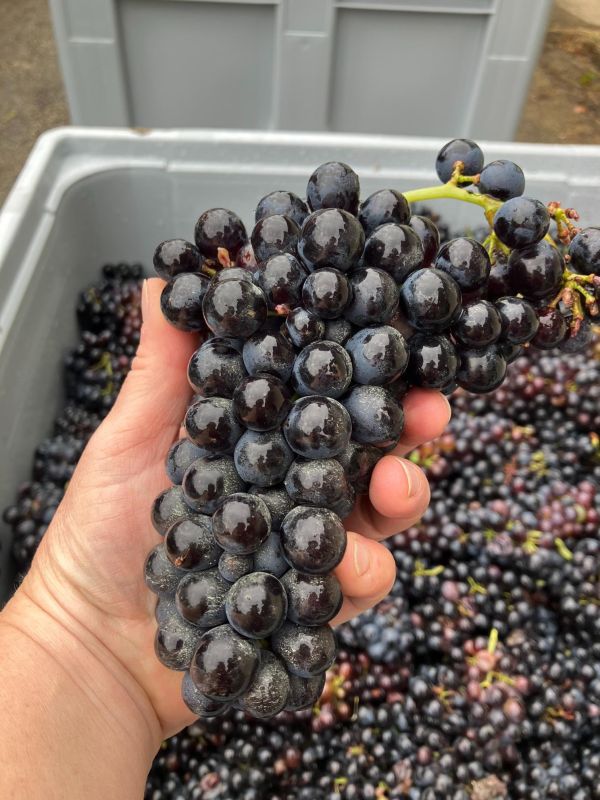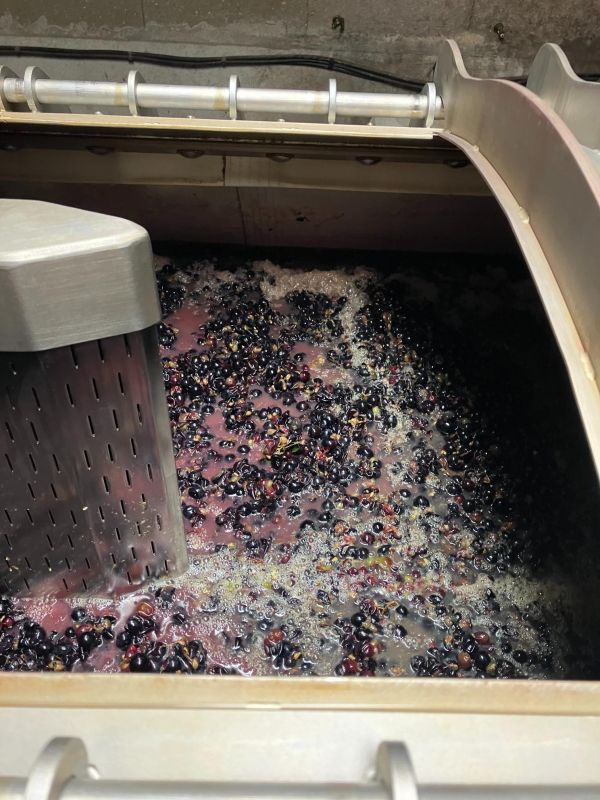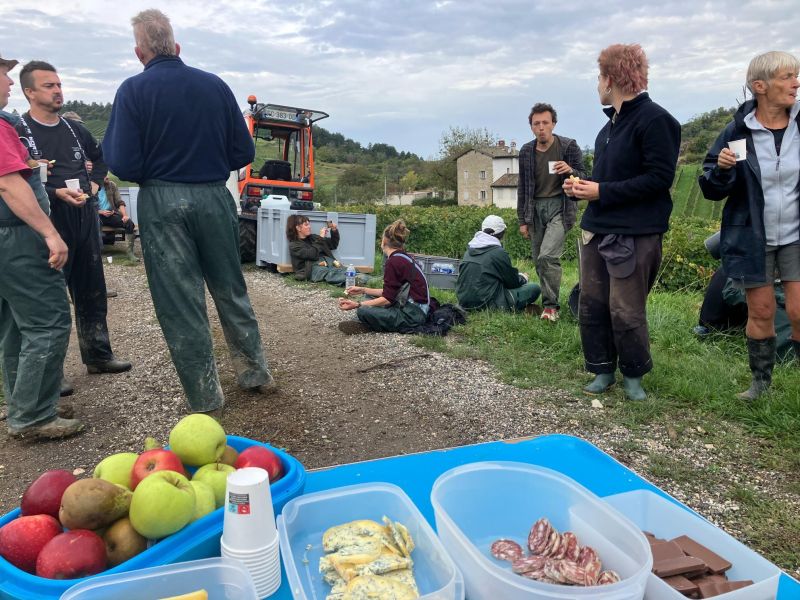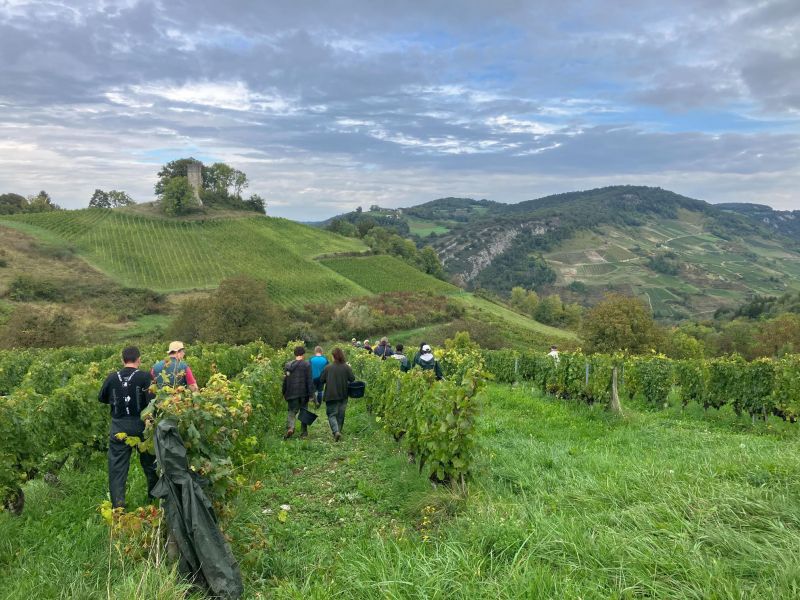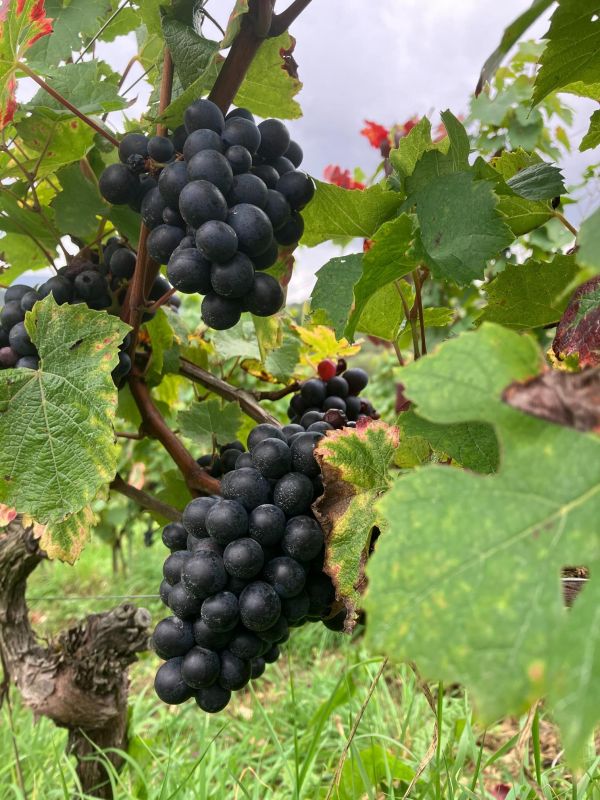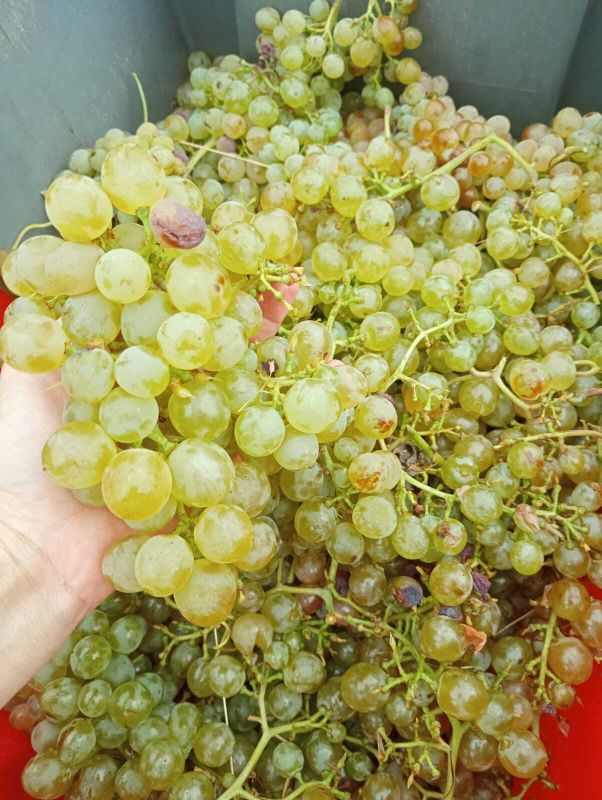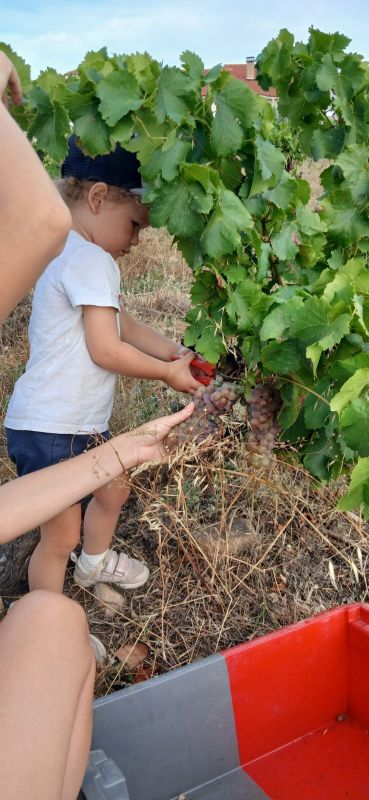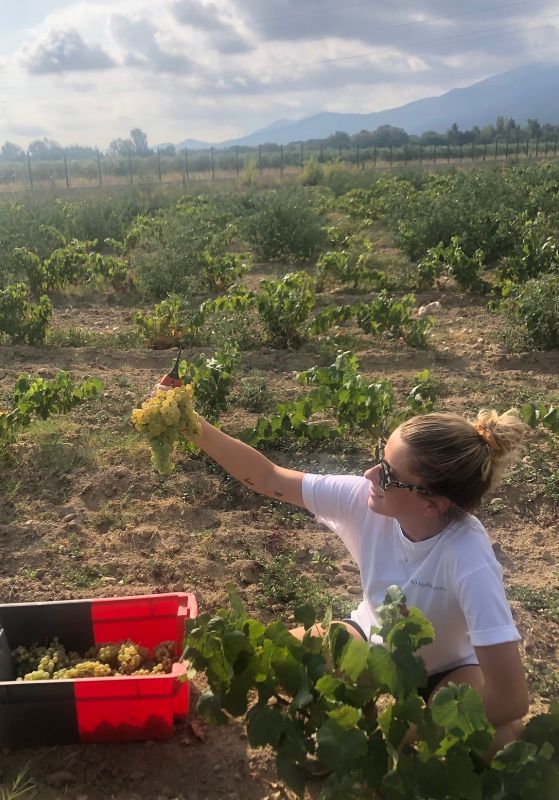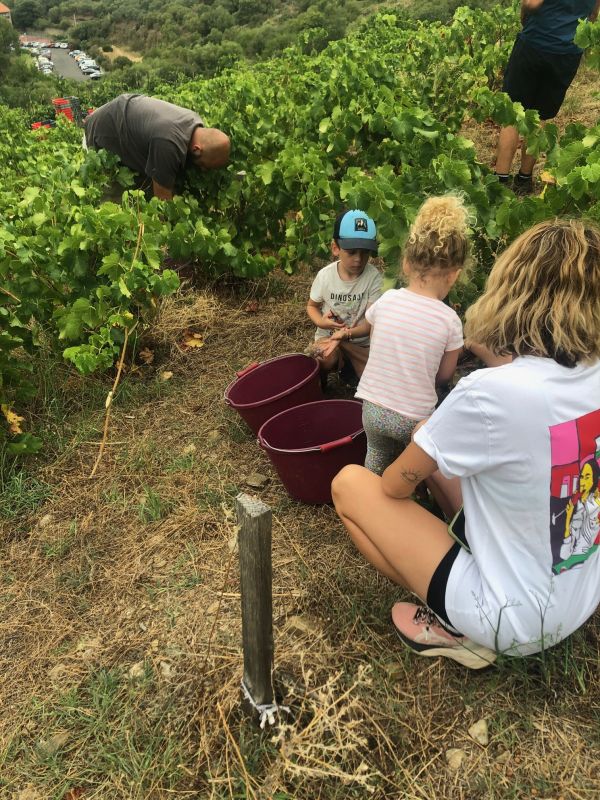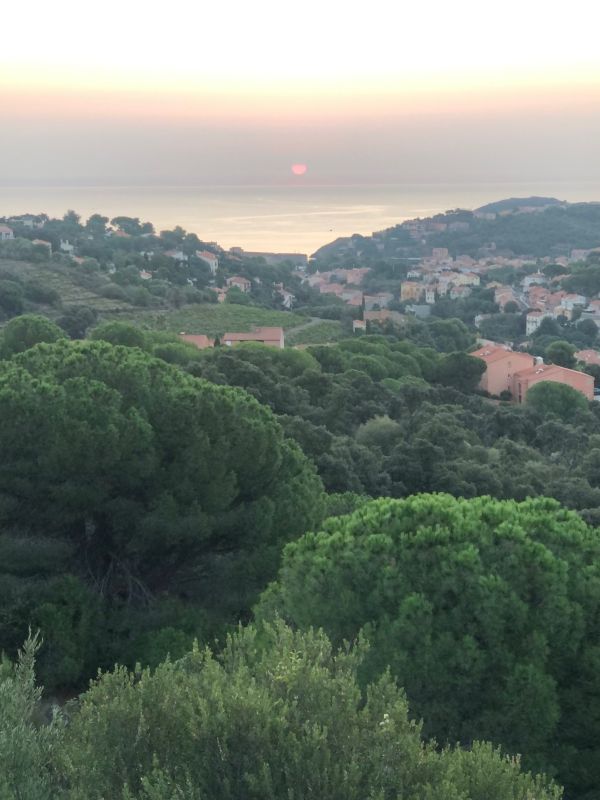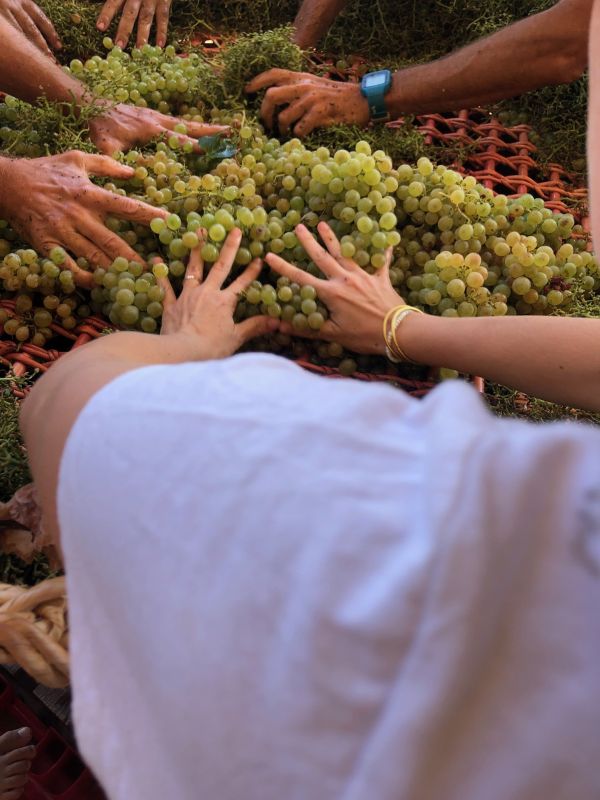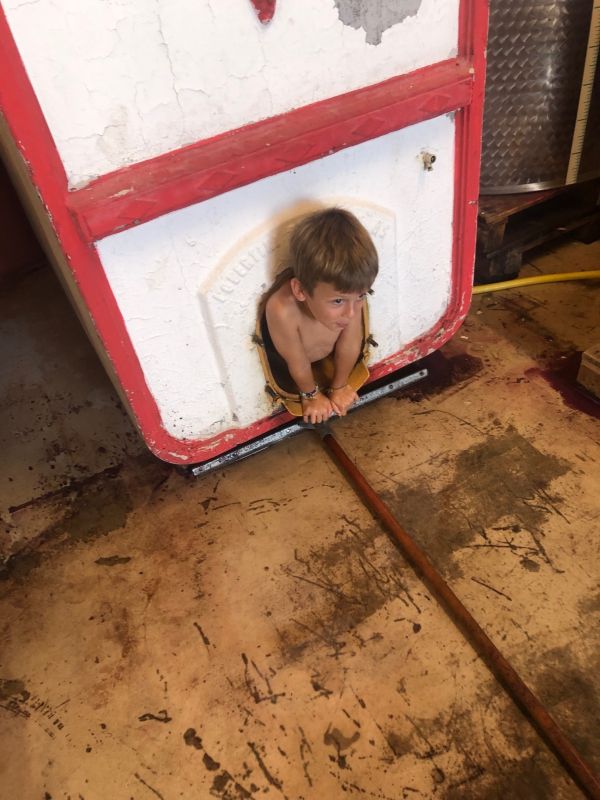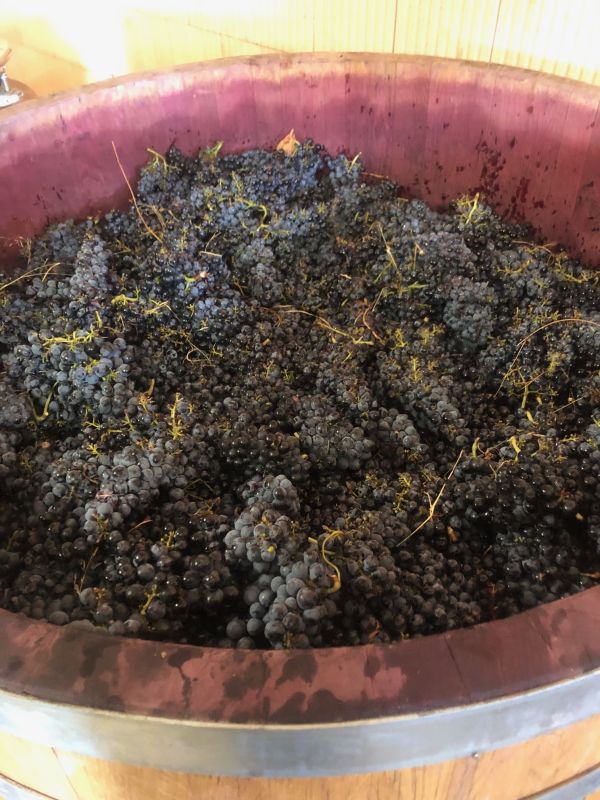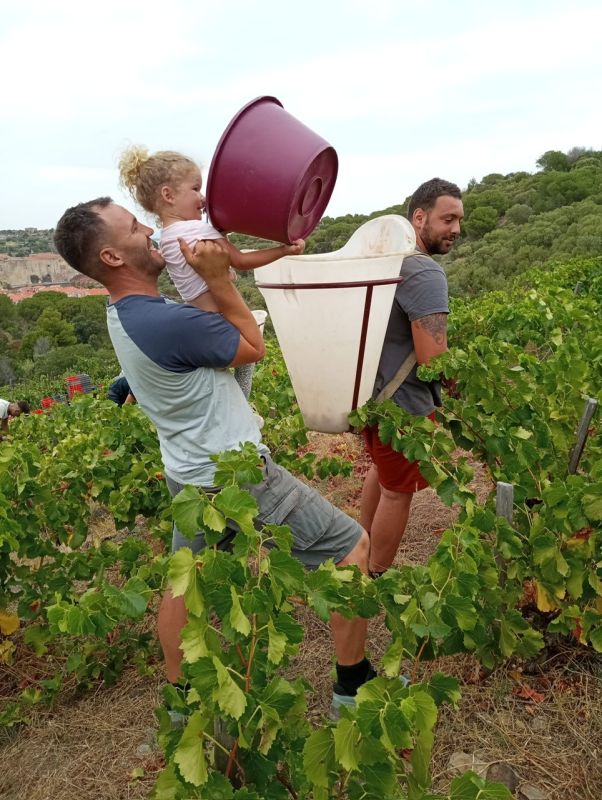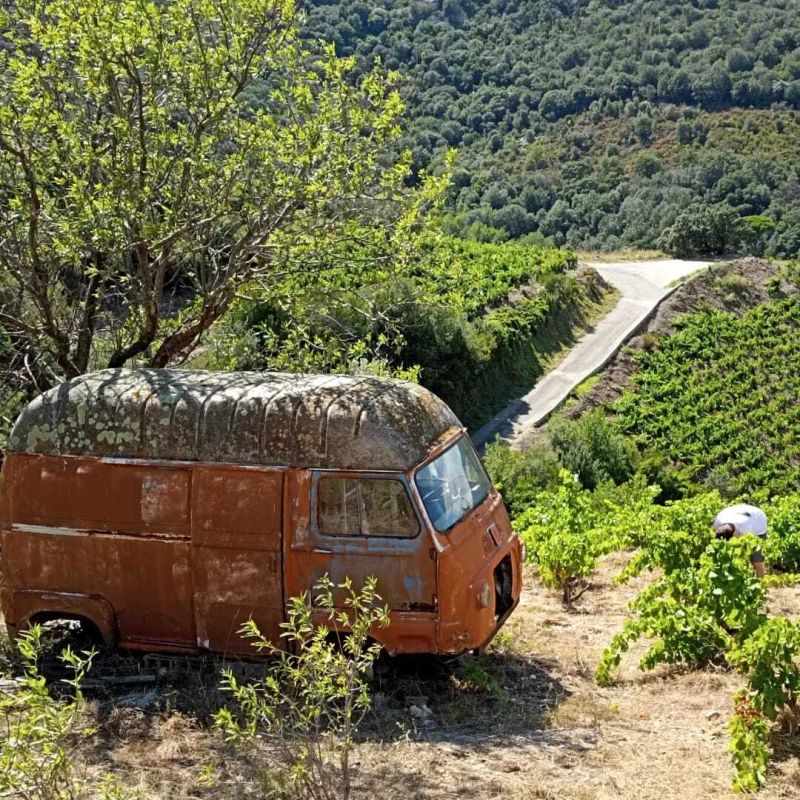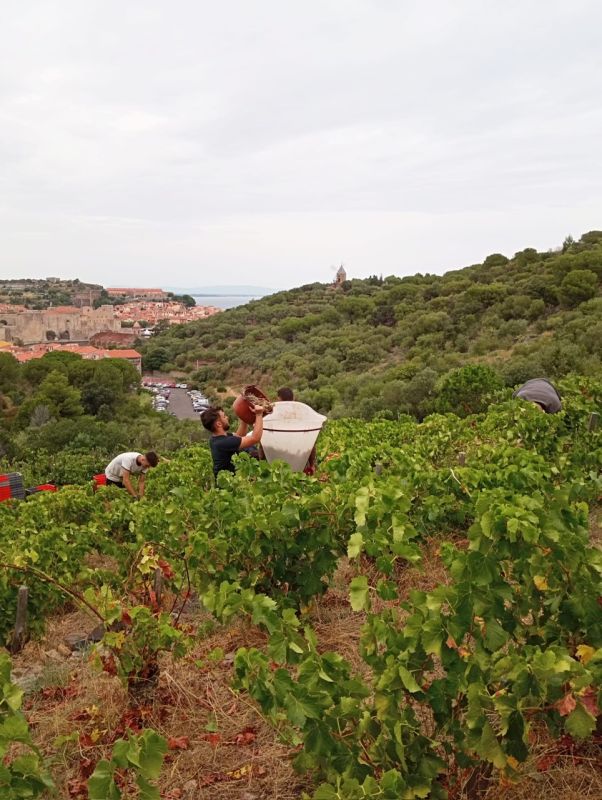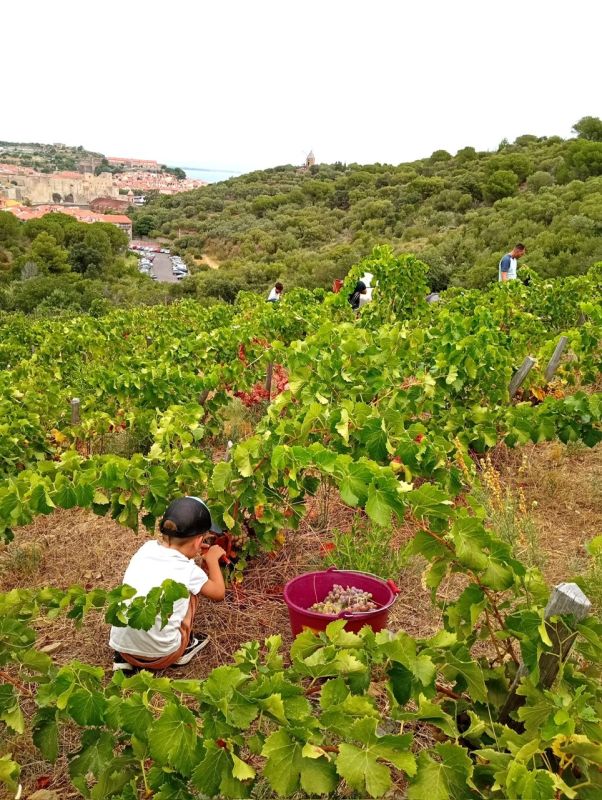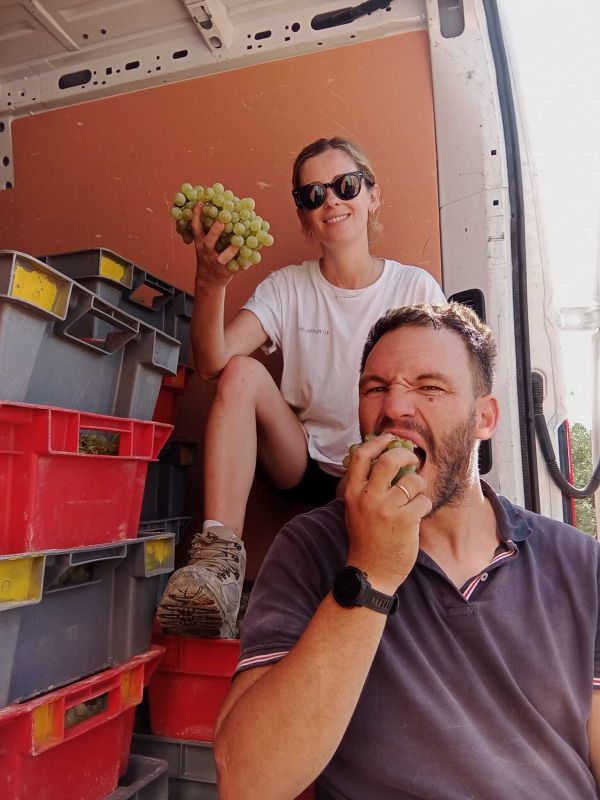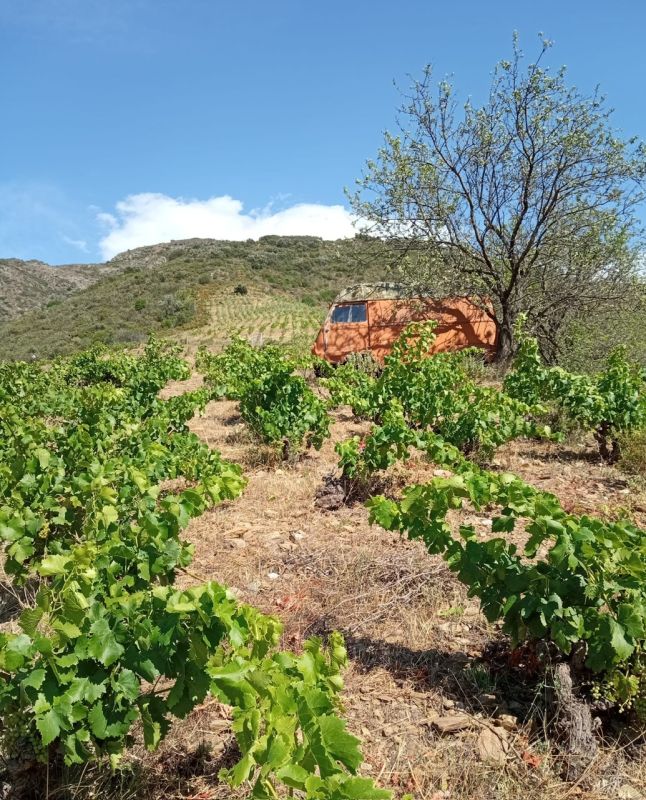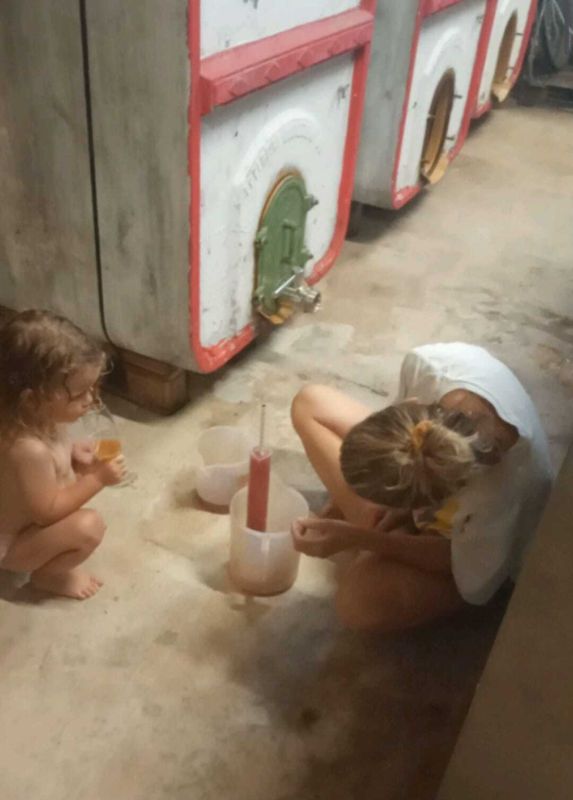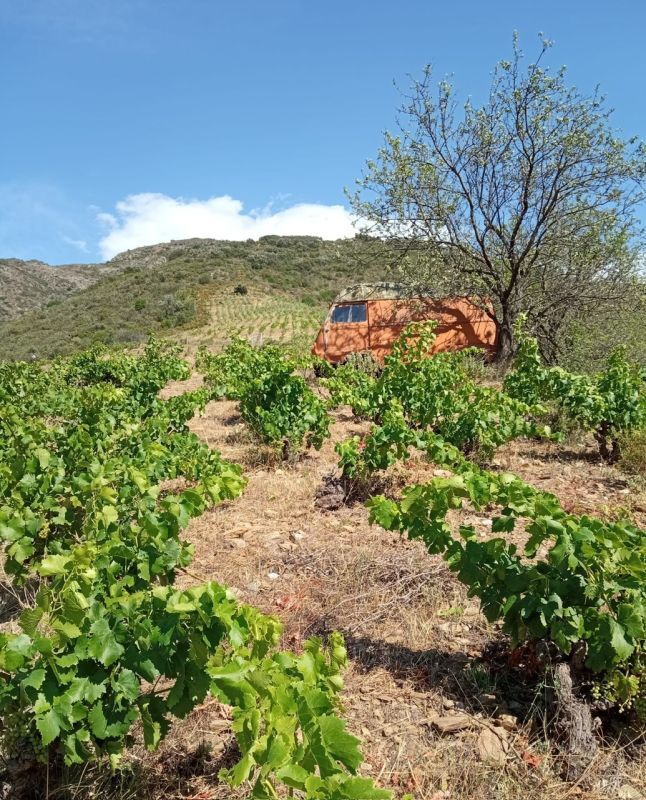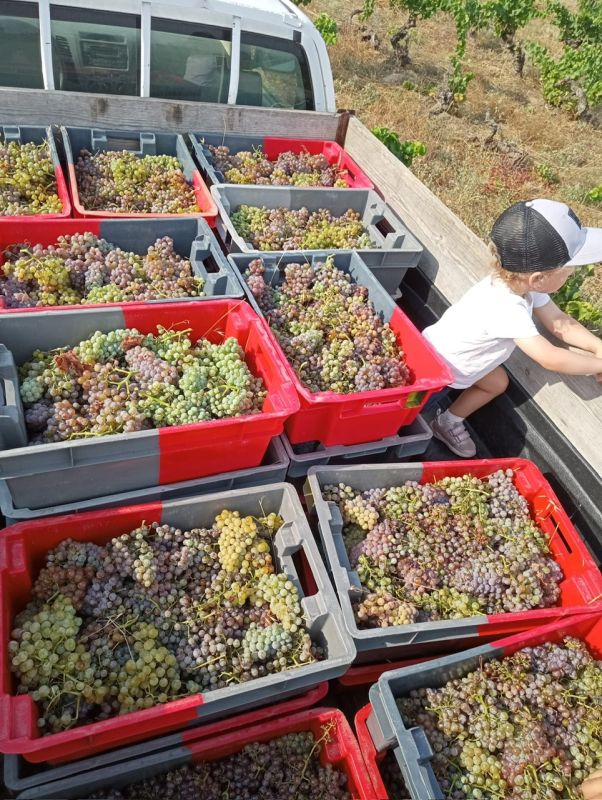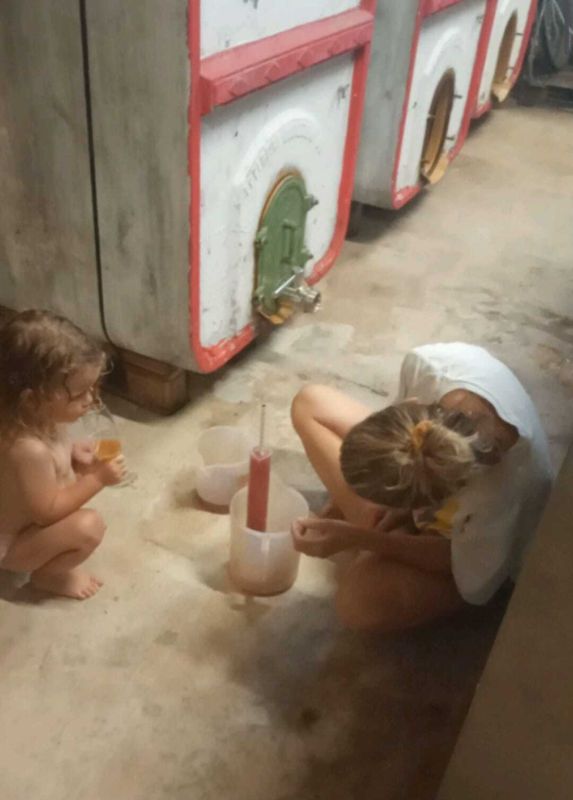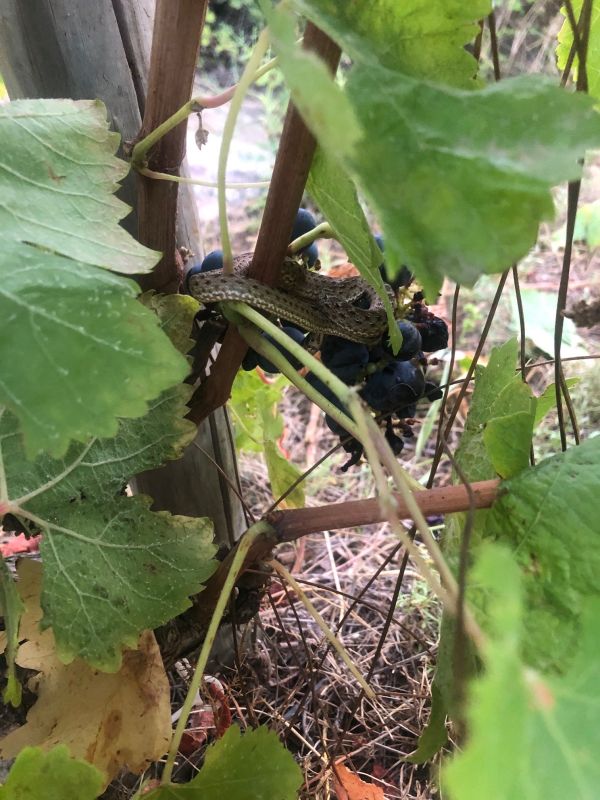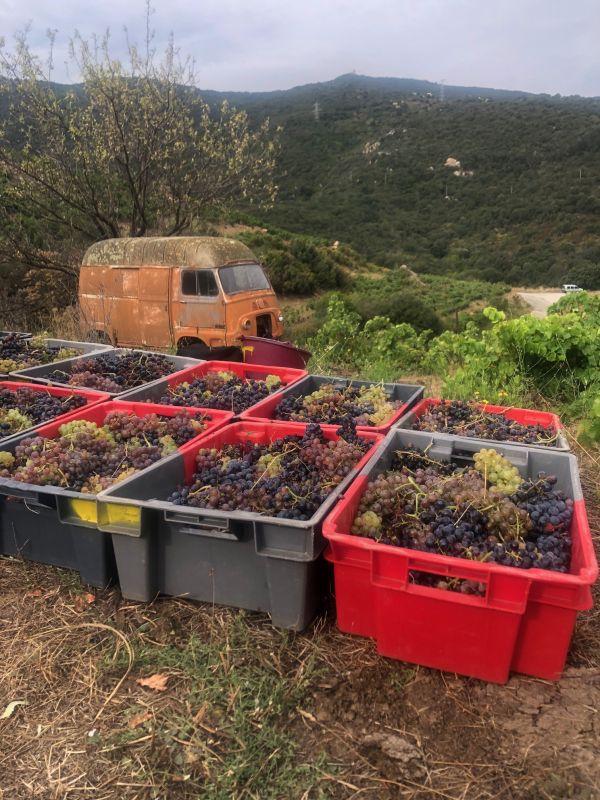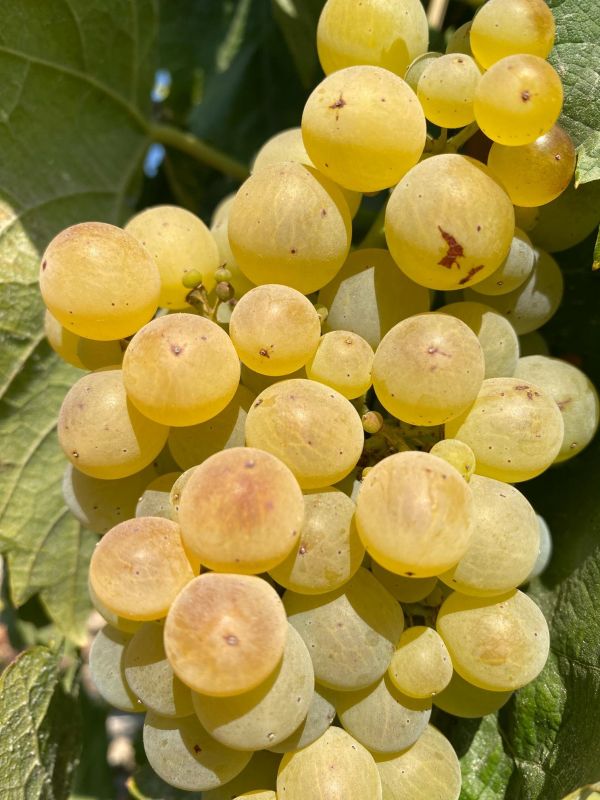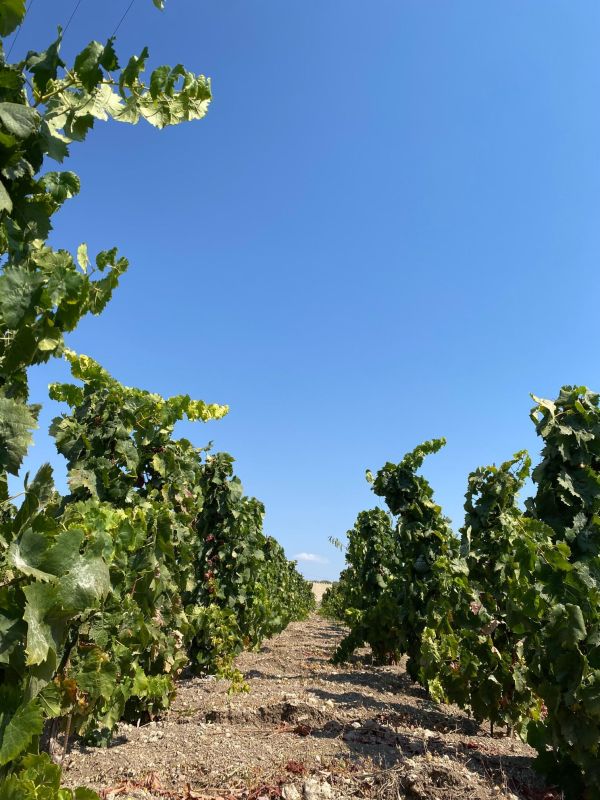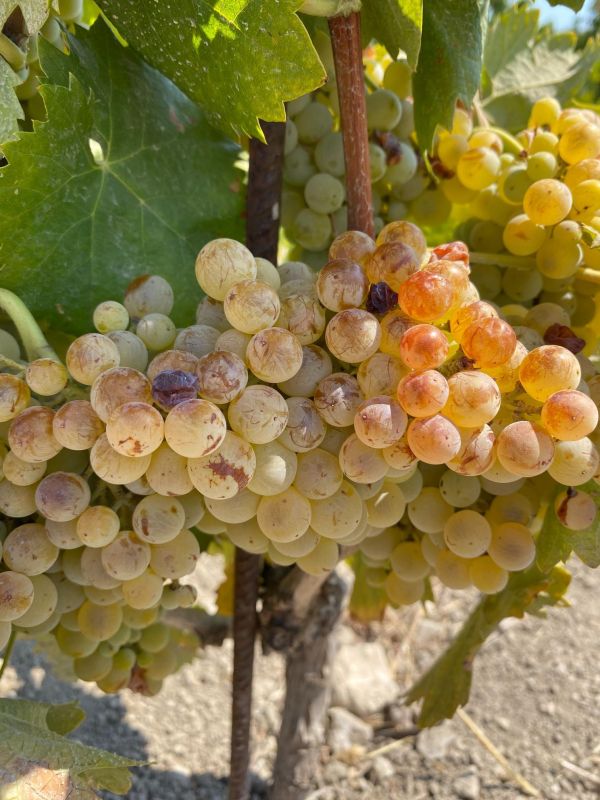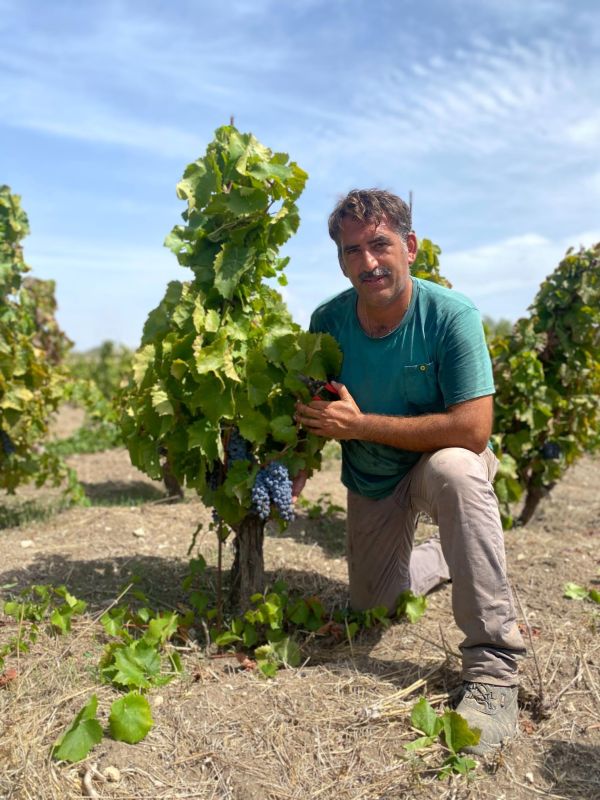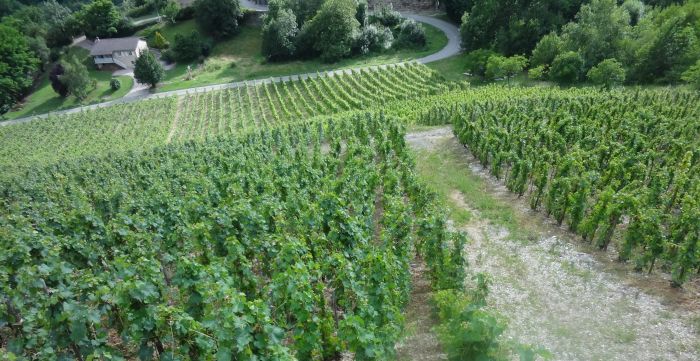October 23, 2009:
Since the spring, everything is going very fast. Just back from my trip to America (in April) and I was late already !
You’ve been reading my prose, and you know me well, so you realize that living so close to quiet Switzerland has had a big influence on me. There is a well organized nonchalance or a kind of punctuality in lateness, « the lake is not on fire » (Lake Geneva, of course) but also the serious Swiss clockmaking factor.
So, as we say in France, I had been trying, at the beginning of 2009, not to confuse speed and precipitation: go directly to the essential and leave aside what could be done in 2010.
But the problem with 2009 was that every time I thought I was on the dot in my work, I had to start over, and FAST…. Which was quite tiring, but with age I have become wiser, and do the best I can without pulling my hair off (there already isn’t so much left!)
Anyway, the vines were in great shape, very healthy, there was little disease in the Bugey, it was a rare beauty to contemplate and I wonder whether I ever saw that in the past. My father himself said it was exceptional.
So, with everything going so fast, we were wondering if we’d picking around August 15th? It was probable, according to the saying of "harvest happens 100 days after flowering" which is usually quite accurate.
Nothing in July nor at the beginning of August came to contradict this notion. On the contrary, it rained a little bit, at night, several times, just enough to maintain optimal conditions for the vines to grow.
My wife Nathalie and my children could see the harvest coming soon, and their vacation slipping away, almost disappearing. I have a beautiful job, but vines are tyrannical ! Many things were unusual in 2009, but the sight of such splendid vines and grapes made me forget everything else.
Starting mid-August, the weather turned hot, without a drop of rain, temperatures reached 41C (106F) in the shade, and we feared 2003 was back. It was not the case, though : nights stayed almost cool, but the heat had blocked the vegetation, the vines went into safety mode. Some were losing their lower leaves, and the grapes did not grow on those any more. I had to sacrifice grapes (all of them on some vines) to keep them healthy in the long term. If comparing vines to human beings, think of a young child, too weak to carry a burden: you must dump the burden to save the child, it’s the only solution.
Oh darn! To be so close to an exceptional crop and everything can go wrong in the three or four days to come!
A few drops fell one night, and I was irate: a few drops only… The next day, I heard that it hailed in Belley, 15 kms away from here. That sobered me up and made me feel lucky enough.
By sight, my Chardonnay grapes looked very ripe on August 26th, and a sample analysis confirmed it: 11.4% potential alcohol and 5g. acidity (NB: in France, acidity is expressed in grams of H2SO4 by liter, and not in tartaric acid).
So it was high time to harvest for the Montagnieu Pétillant, and we picked the Chardonnay on August 29th (this had happened in 1976 – a hot and extremely dry year). We added a few bunches of Altesse to get a better balance.
The following week, we picked the Pinot noir, which was superb, not one pink berry, all was black except the vigneron’s morale, as good as could be. The afternoons were too hot, so we only picked in the mornings. Ideal weather, cool and dry, no rain forecast in the next two weeks. Everything is so perfect that I decided to stop picking for a week and let the Altesse meant for the still wine evolve, also the Mondeuse, already deeply colored and ripe, the pips had no green astringency.
On Sept. 9th, we went back to the vines, and surprise, the Altesse had shot up 1.5 degree of alcohol, but not lost much acidity (acidity being, in my eyes, this vintage’s real challenge). Great, we picked all the Altesse at once.
So why didn’t I try, as I have in some years, to make a late harvest cuvée? For a very simple reason: BECAUSE! I’m sure this is a disappointing answer for some: I could have said it was my natural instinct, the knowledge of my work, scientific measurements or a little voice coming to my ears that said: "Go, cut it all!" It was none of the above, but a global feeling, a sense of the harmony and the balance of my future wine.
On Sept. 11th, we picked the Mondeuse. I was thinking I would do two cuvées by picking the rest much later. But on Monday the 14th, I decided to finish the harvest. The first vat of red smelled wonderful and I was determined to keep fruit in my wines: to hell with useless concentration, I like to DRINK wine and that’s how I want to vinify.
So, it was over. Now for some cellar news: my reds are almost finished fermenting and taste great; the Altesse vats are still fermenting, there is fruit and freshness. My base wines for the Montagnieu are perfect (if perfection exists, and I doubt it does). One darker note, my cuvée of still Chardonnay is already "heavy", with too much alcohol. My only consolation is that it will probably please some drinkers of " heavy wines ", as in "heavy metal", a type of music I don’t digest well (probably my French customers).
I got a fruit lesson from the apples of a small tree planted near my cellar: the first apple I ate was beautiful looking, but it was green and had no taste. Two weeks later, these apples were acidic, sweet and showed some fruit; the following week, the three components were enhanced, and the apples delicious. Then, for two or three days, pure balance, harmony: the apples could not be better. After that, everything got lost in over ripeness.
I like wines which express the fruit of the vines, not the enologist’s craft. Stages 2, 3 and 4 of my apples are what I aim for in my grapes. Stage 4 is so brief that trying to capture it carries a great risk of falling into the last stage, when all aromas and character are gone: that was my painful experience with a plot of Altesse in 2005. There is never an easy way, especially since wine grapes rarely possess aromas one can really taste (as opposed to table grapes, Muscat for example).
